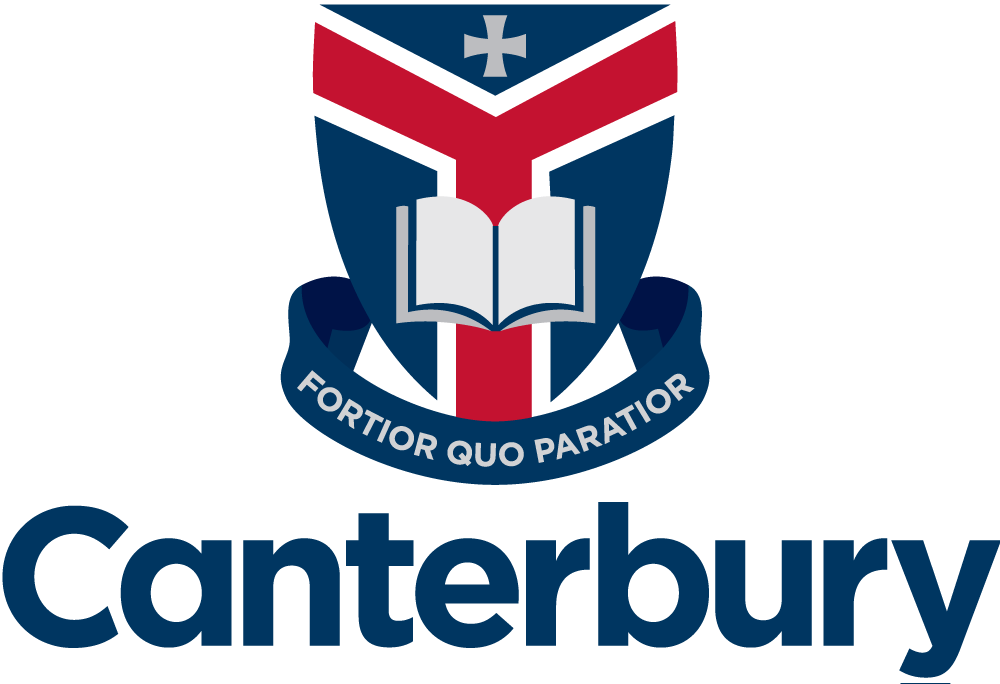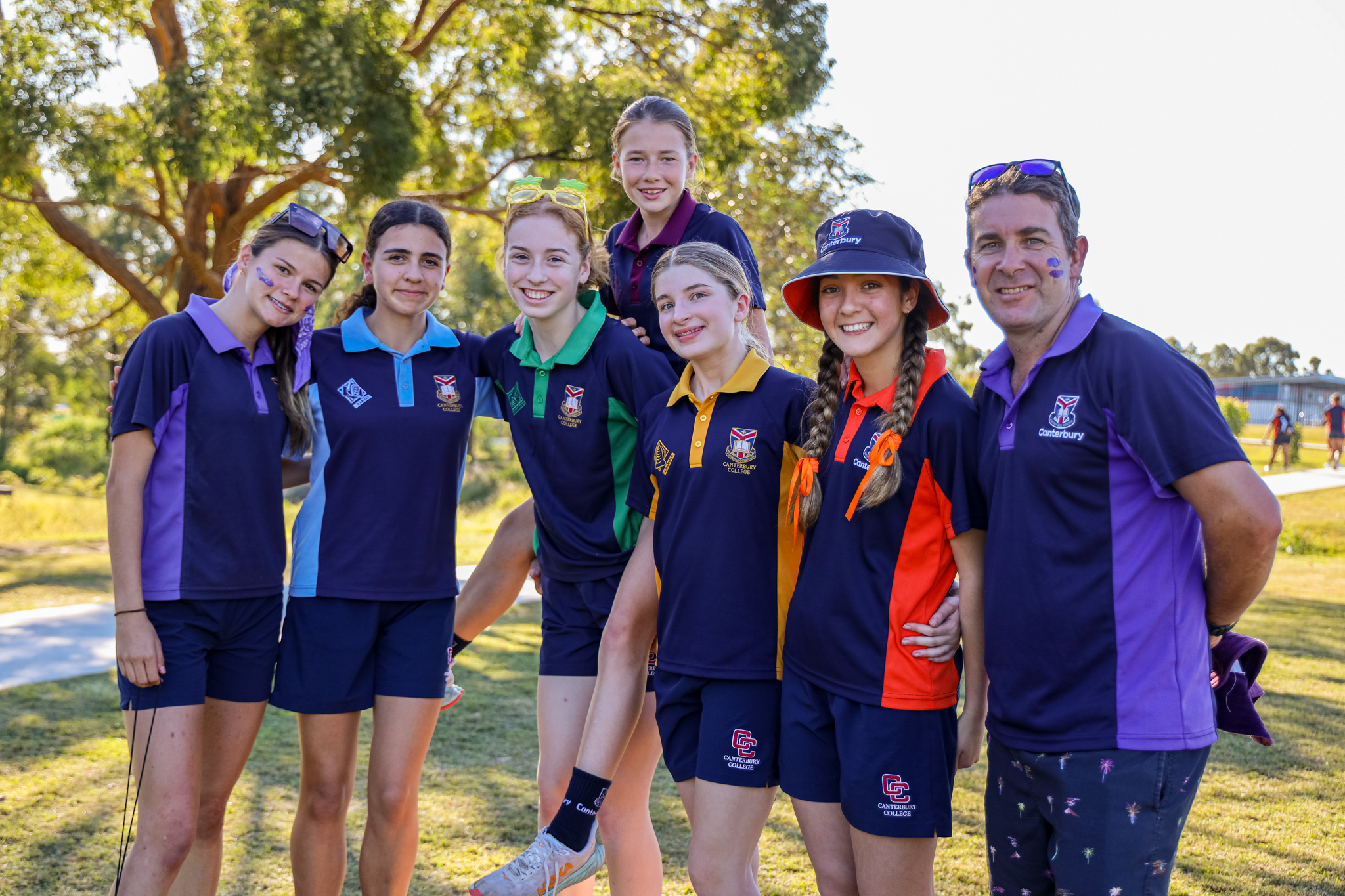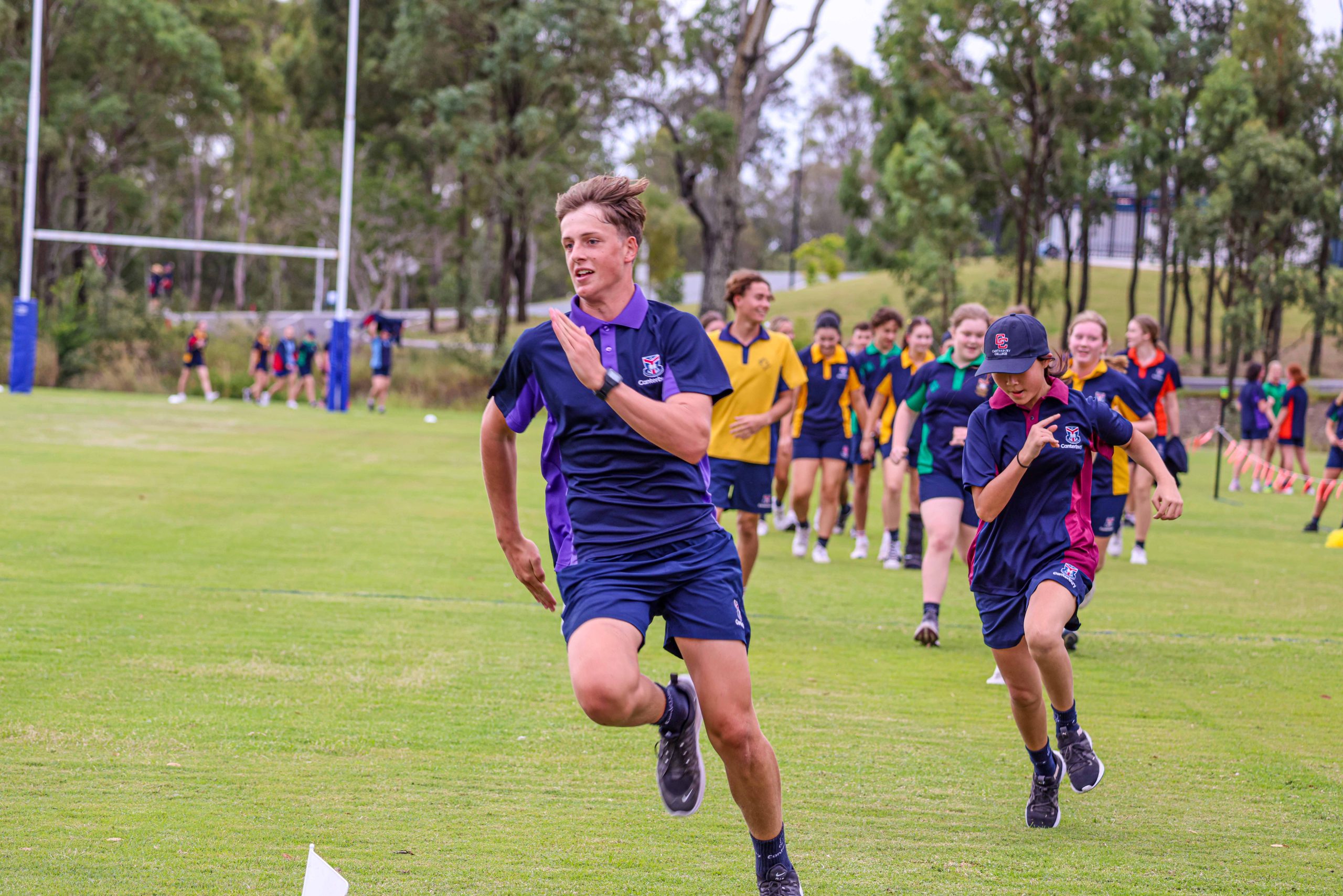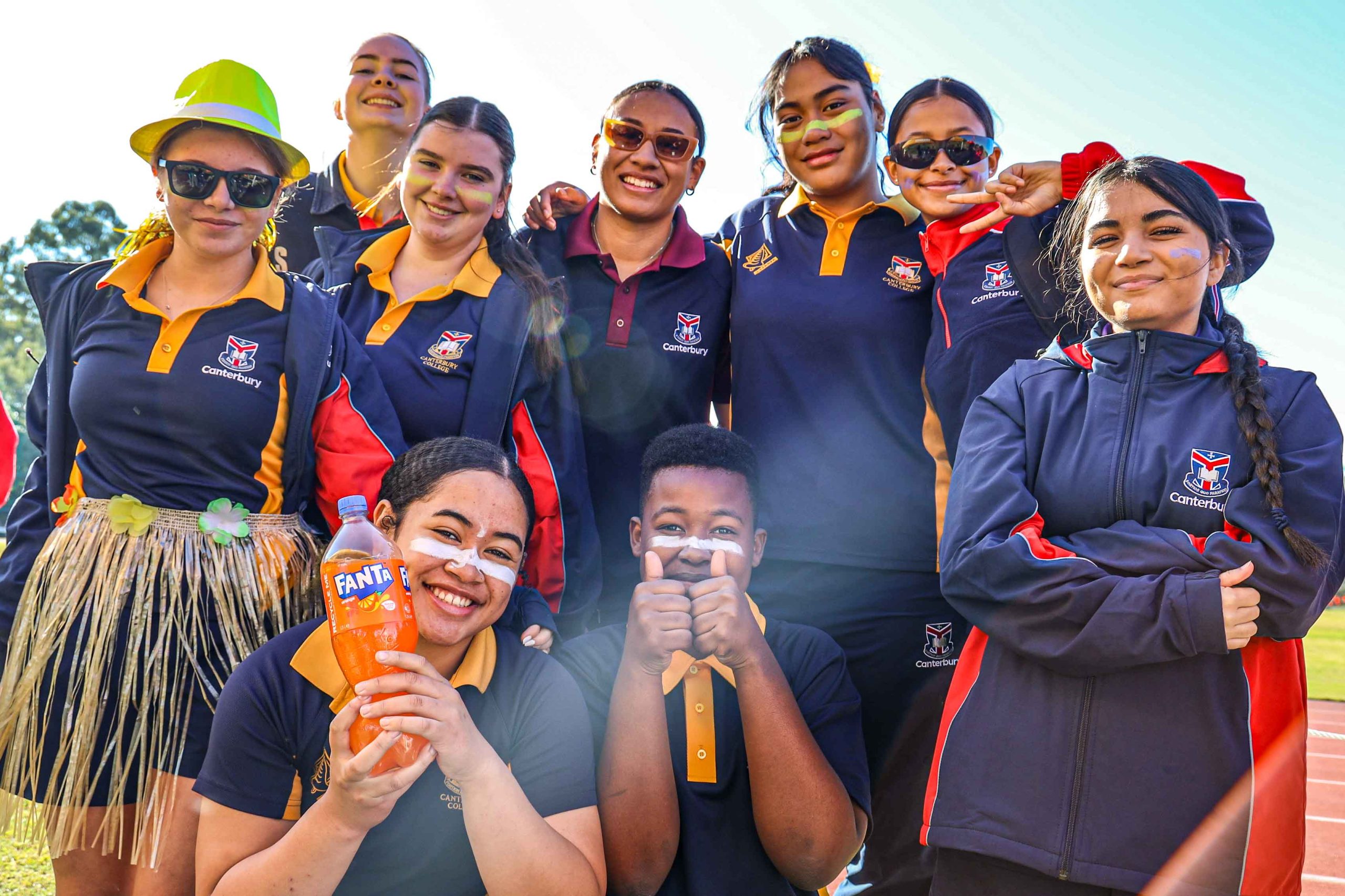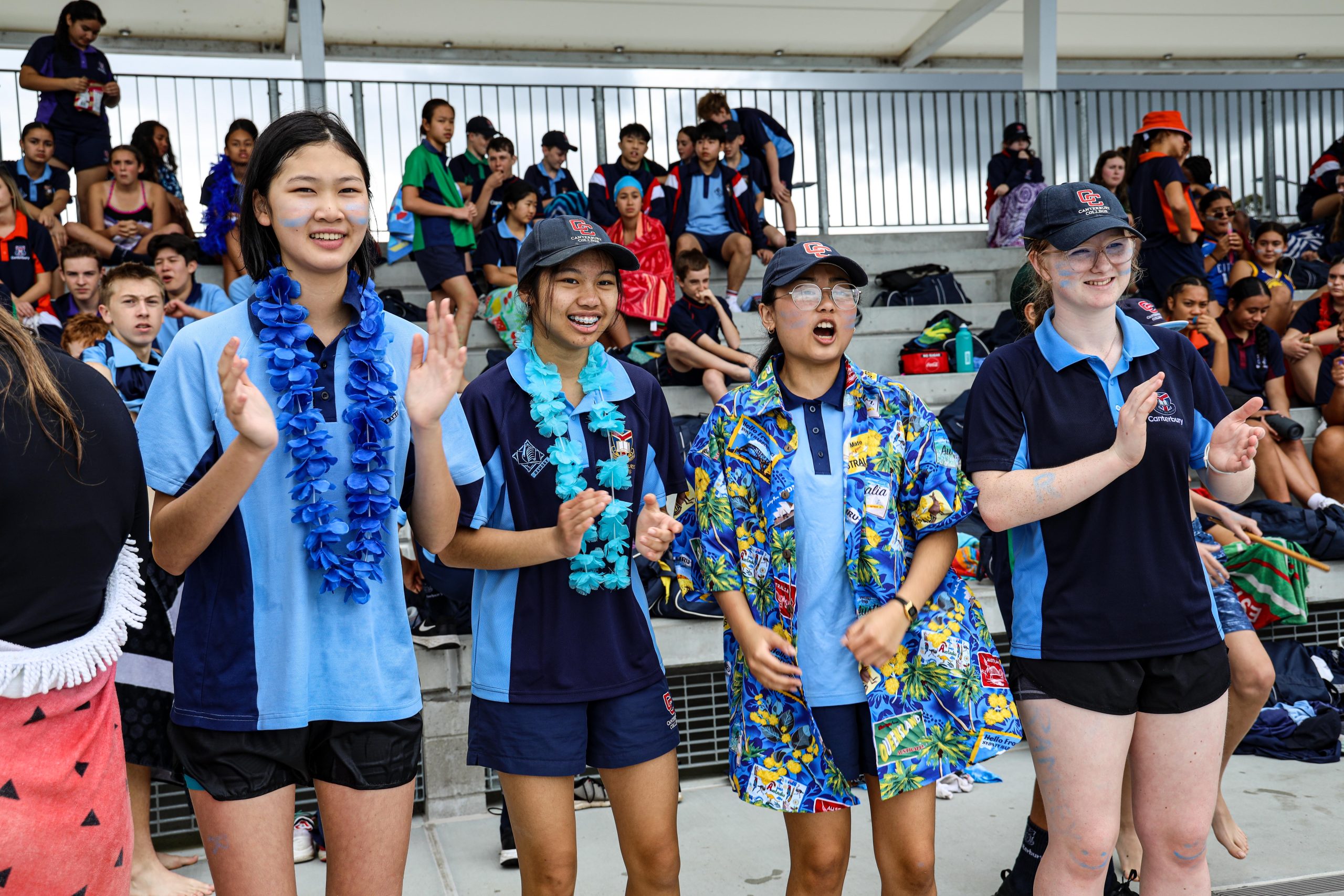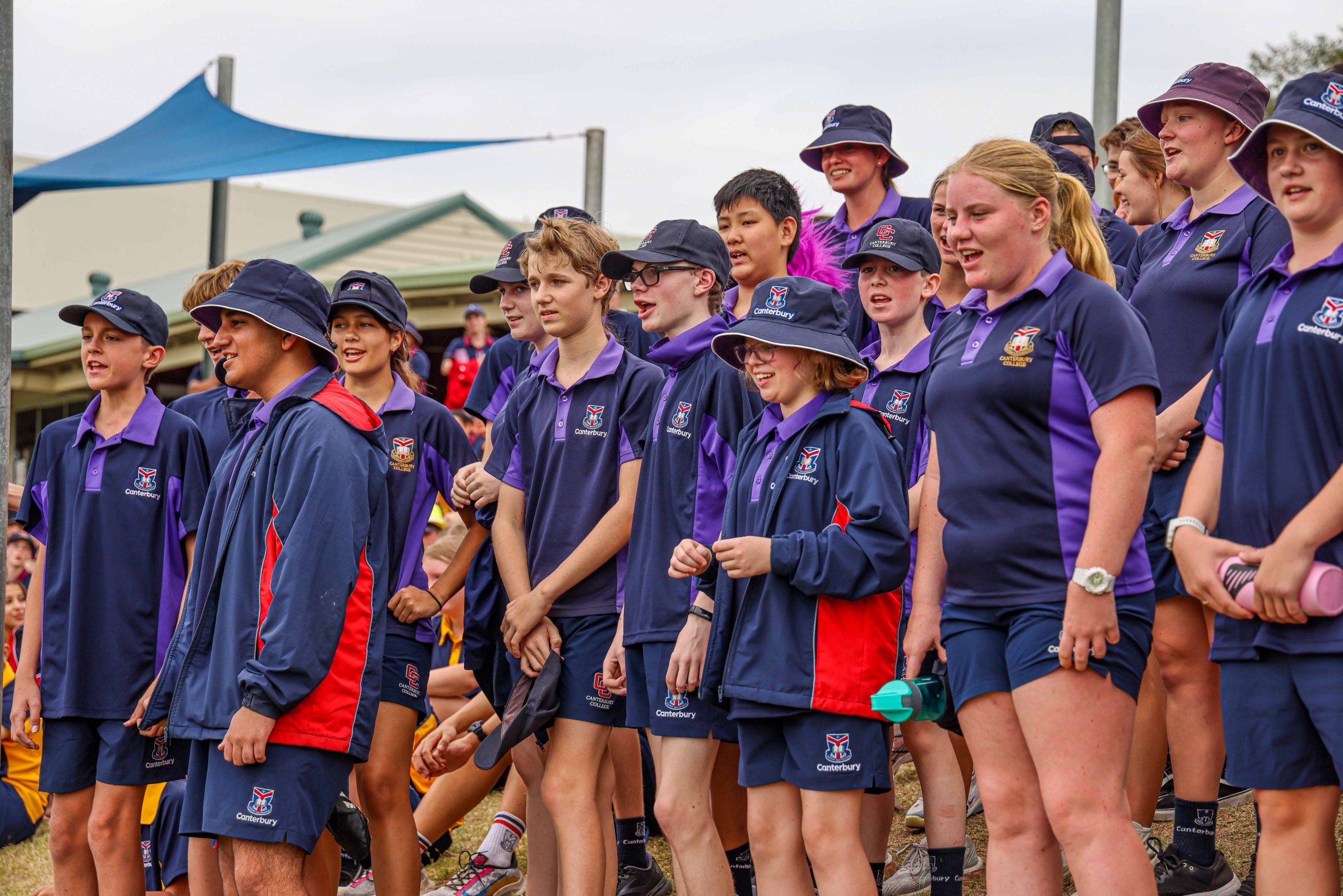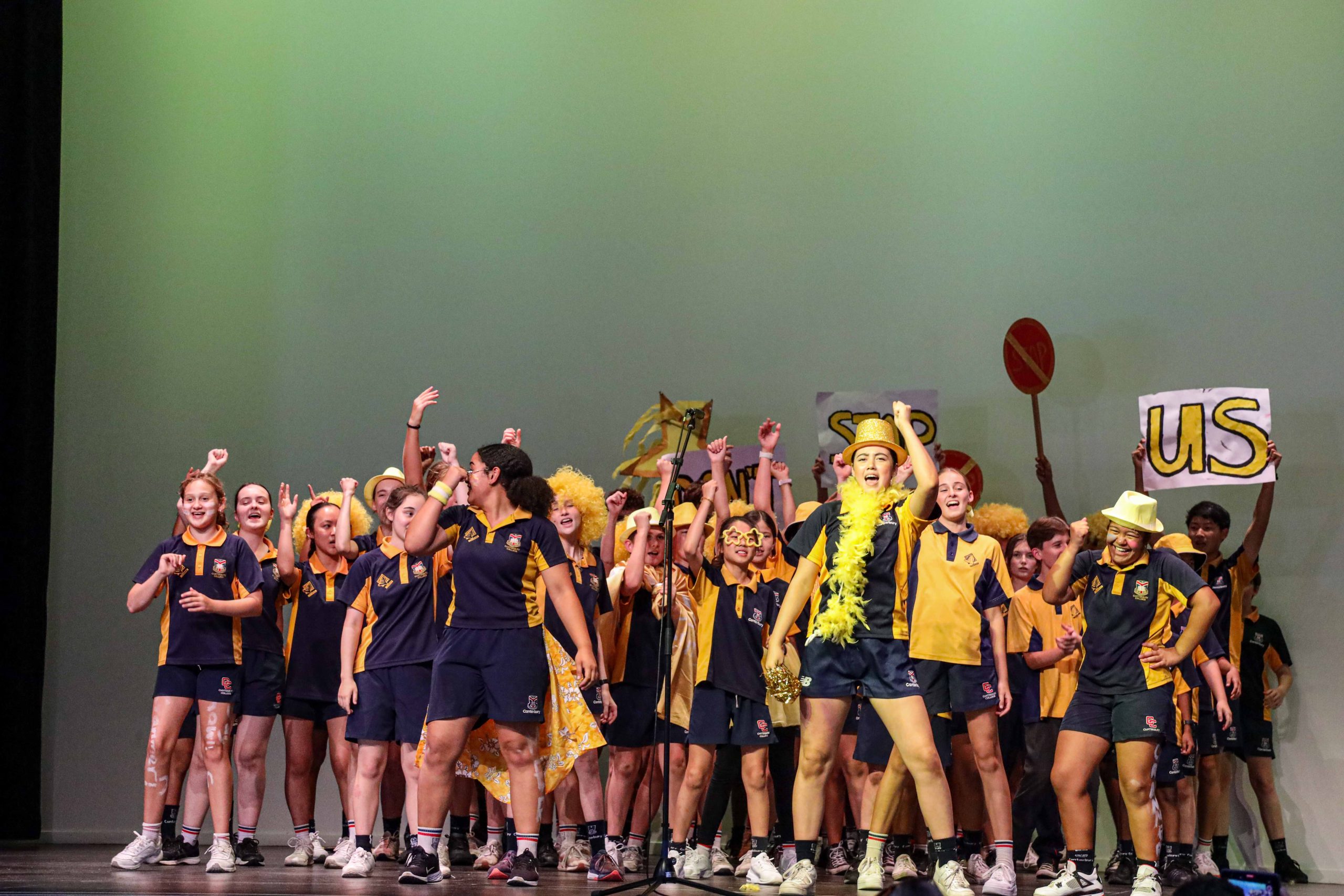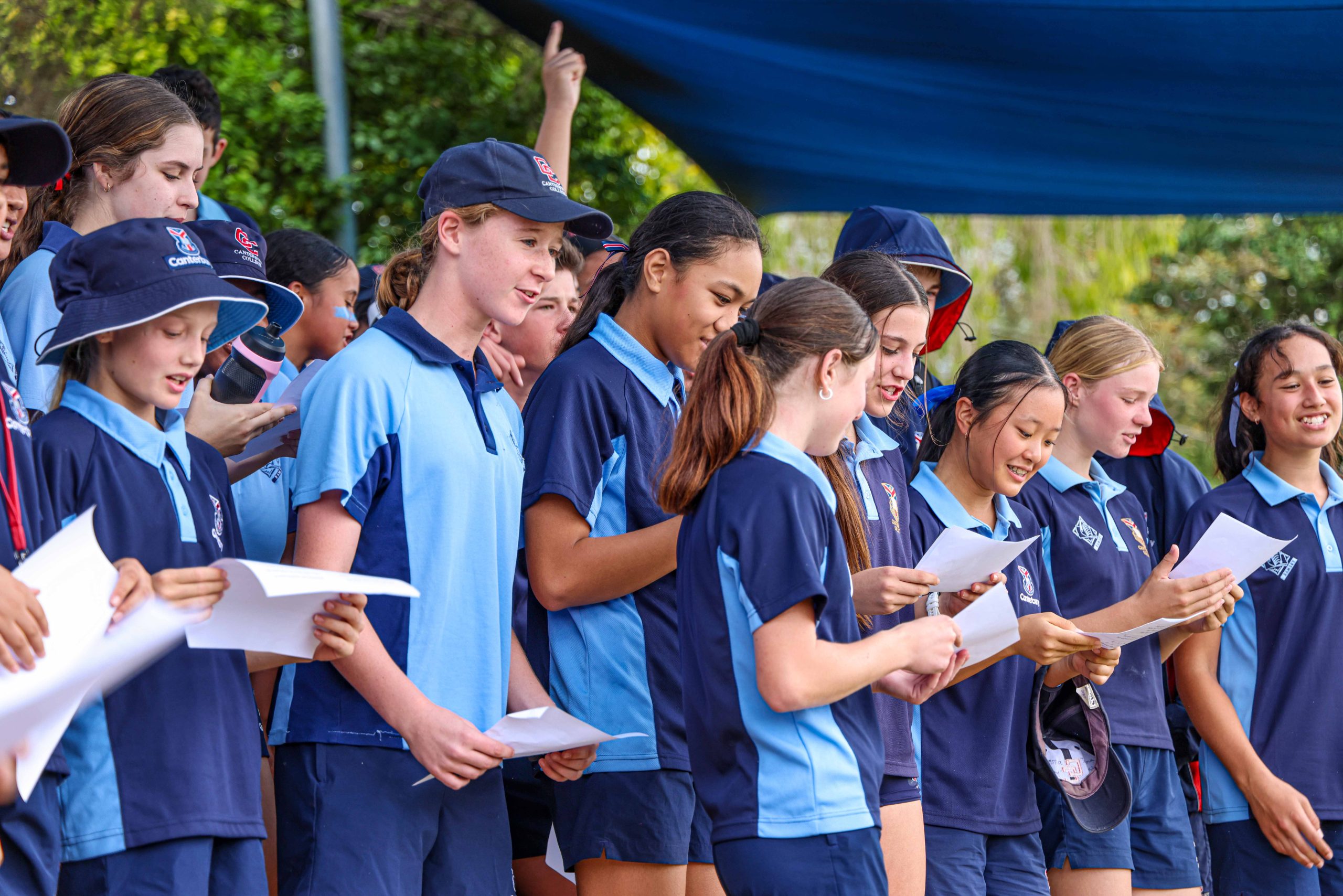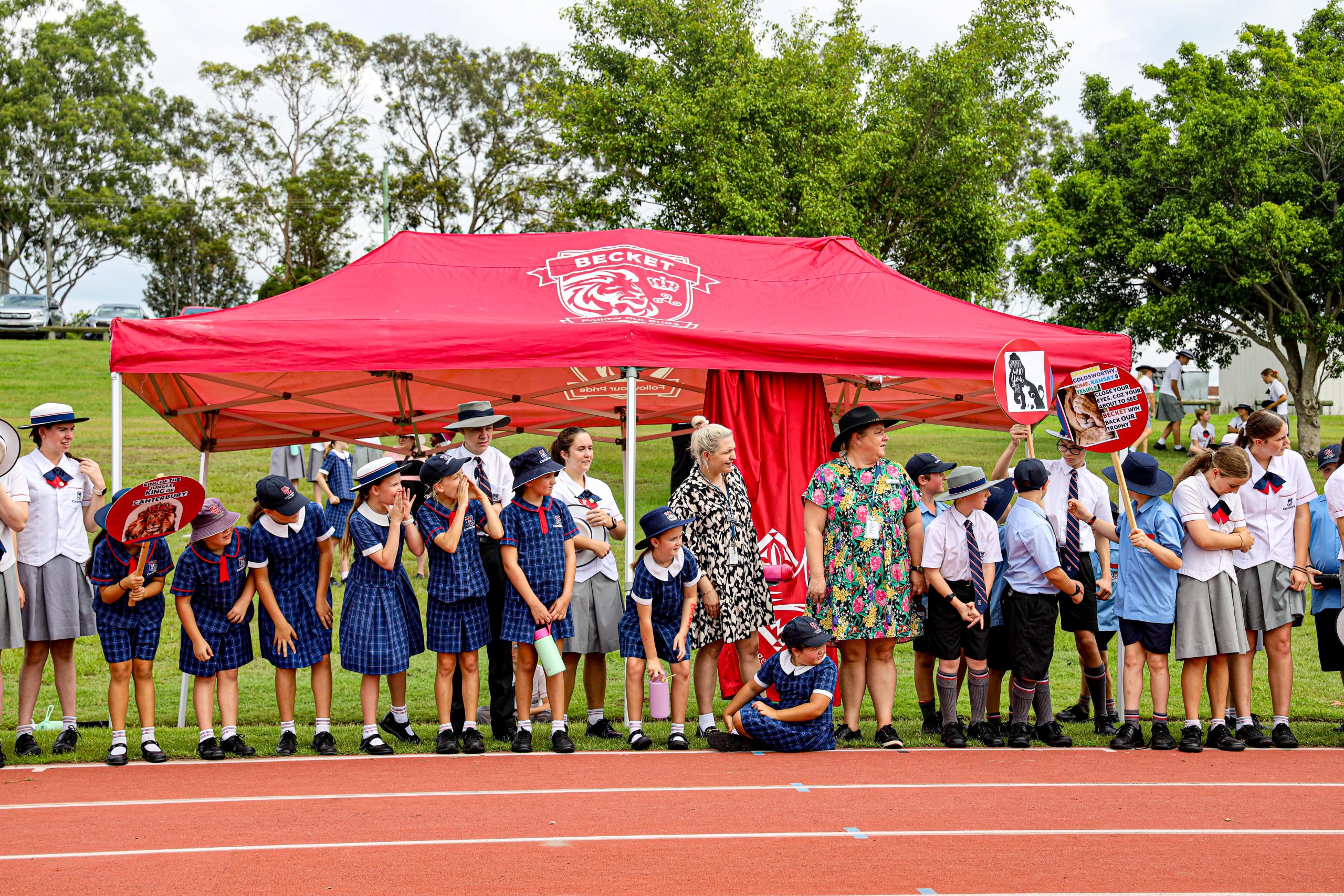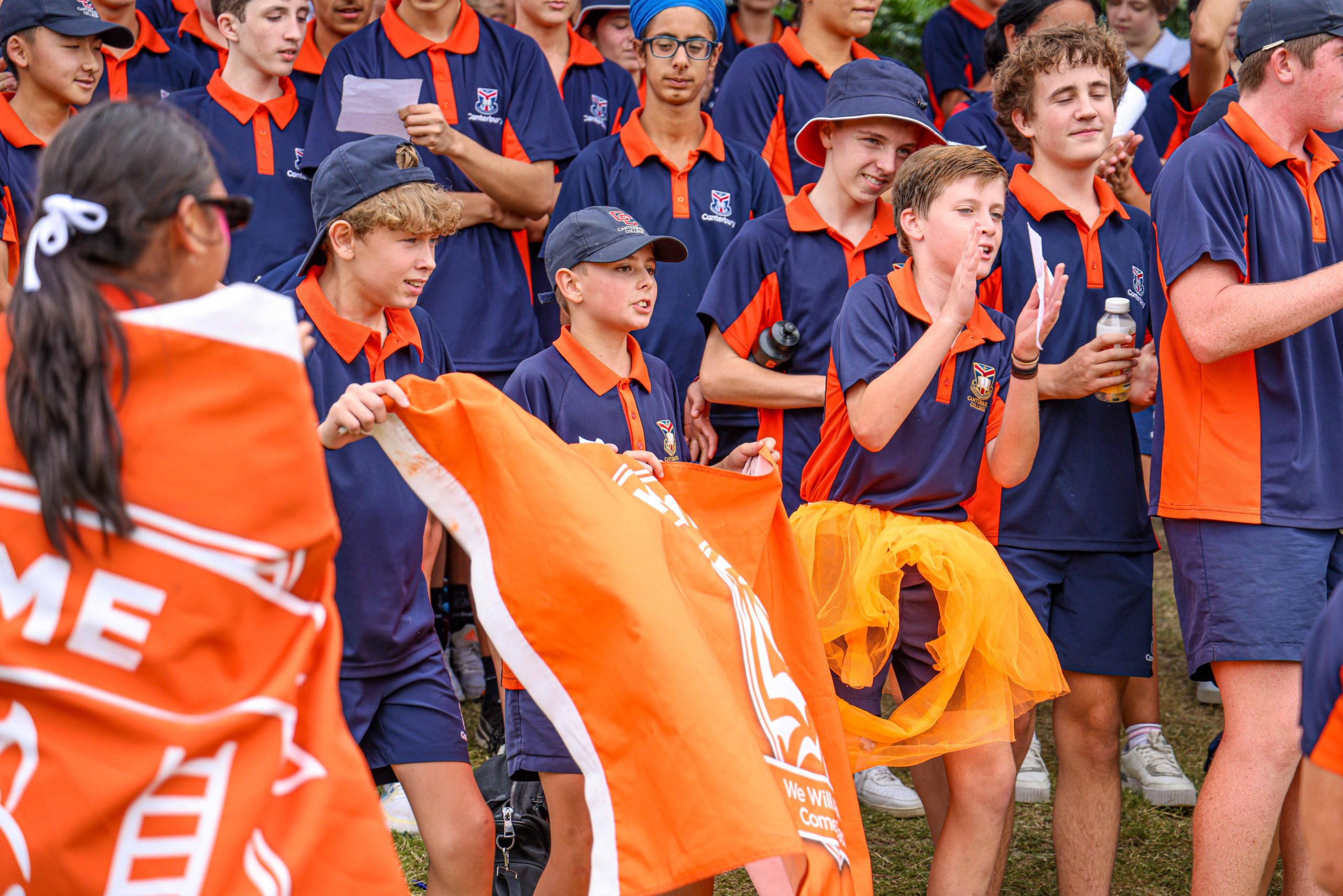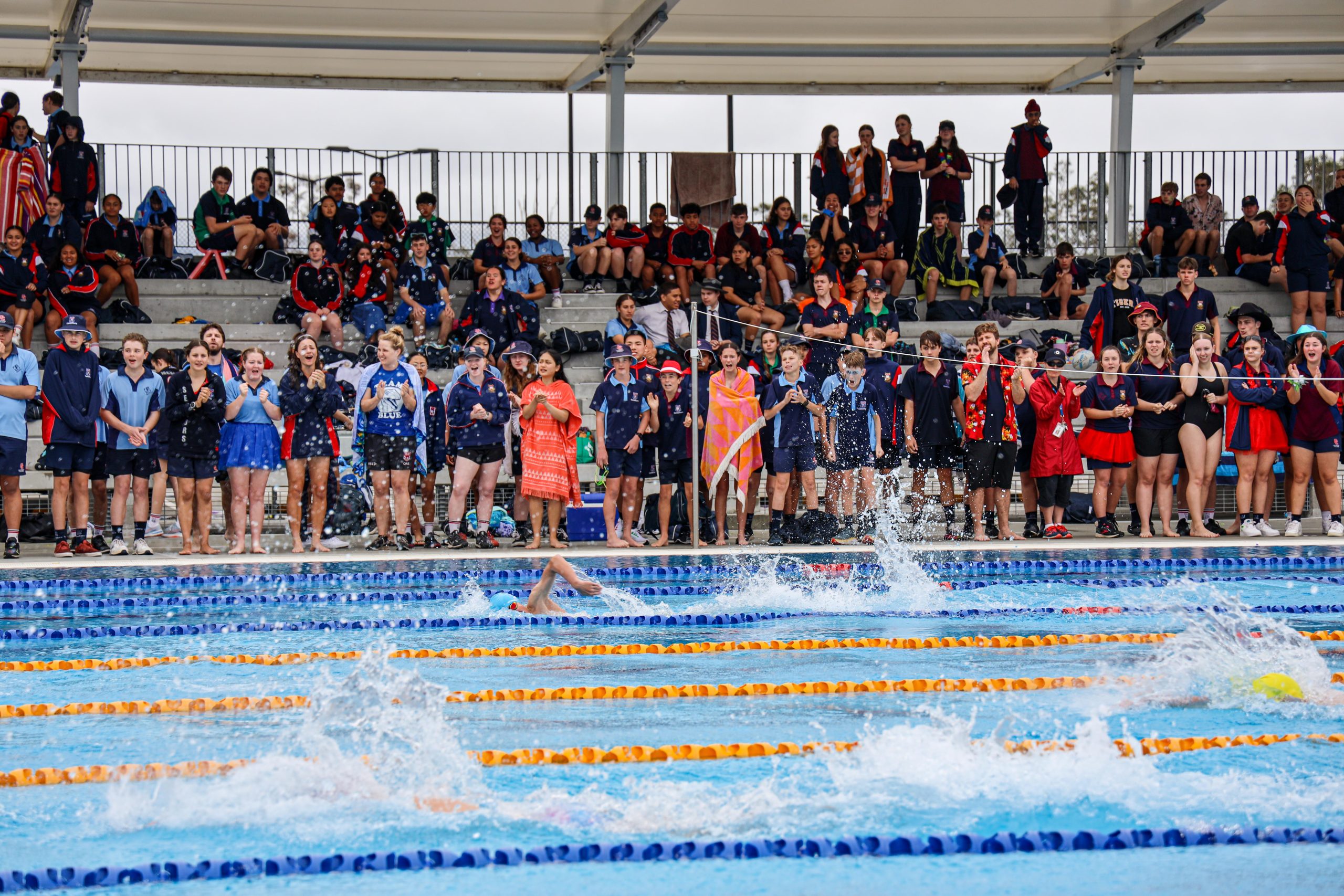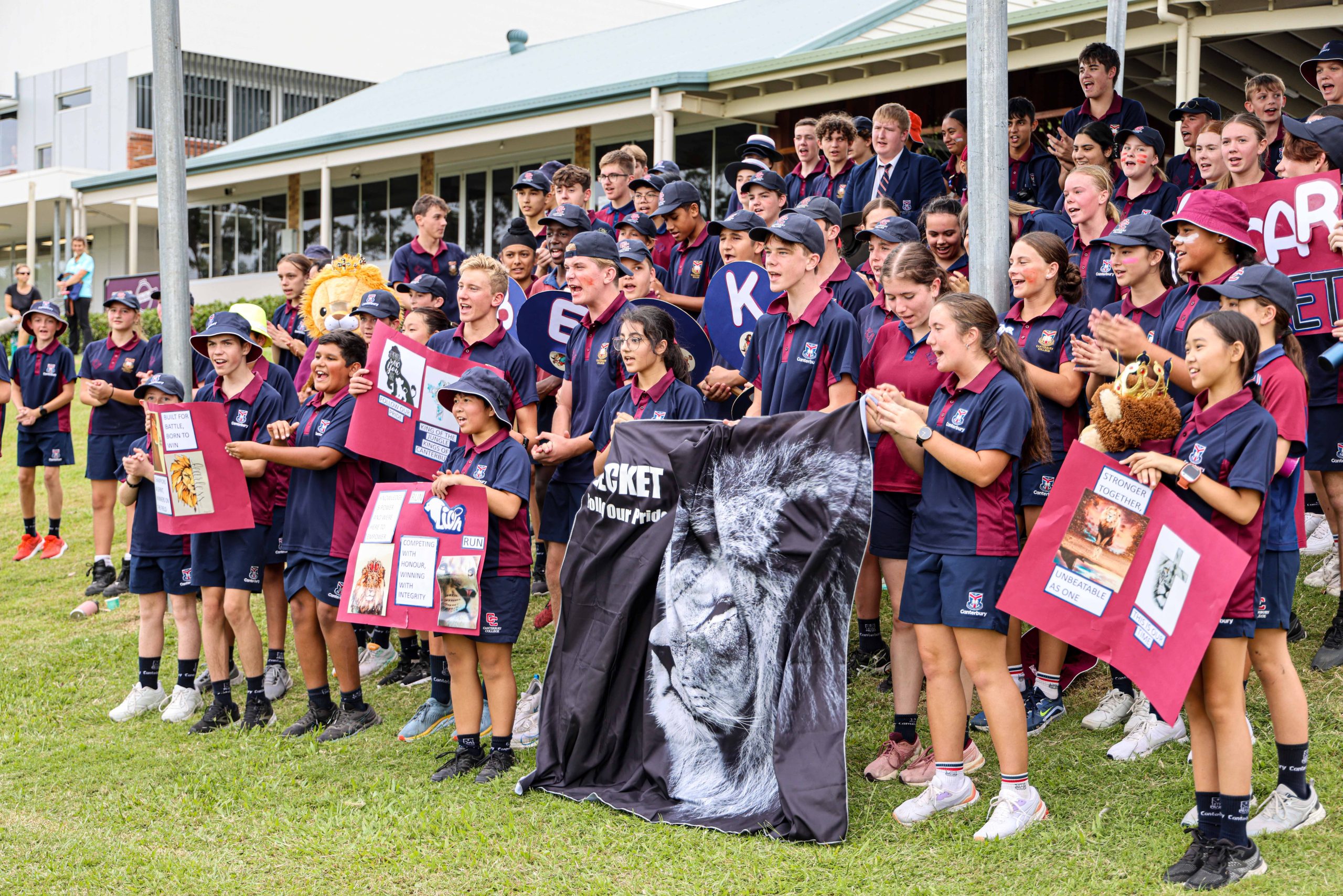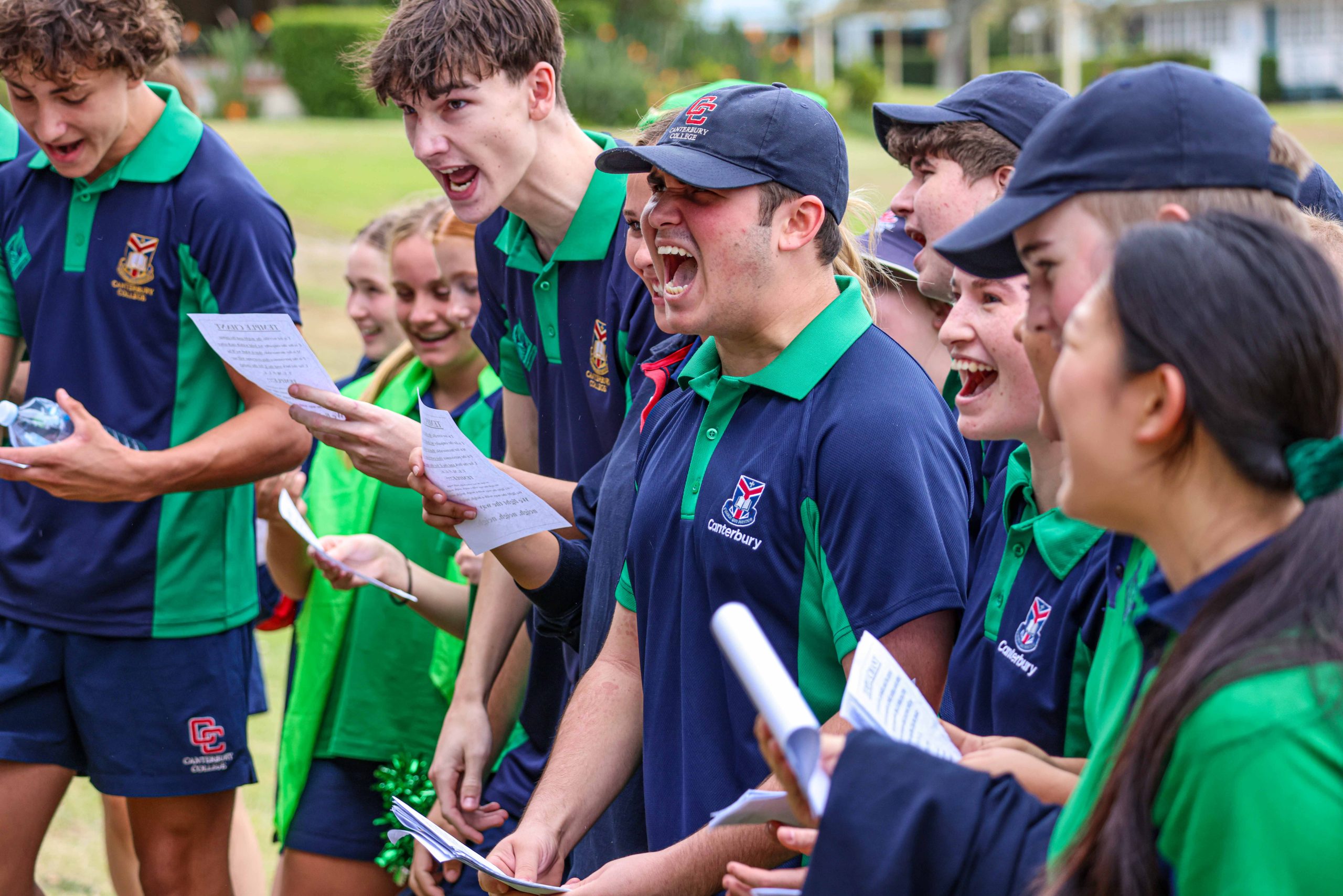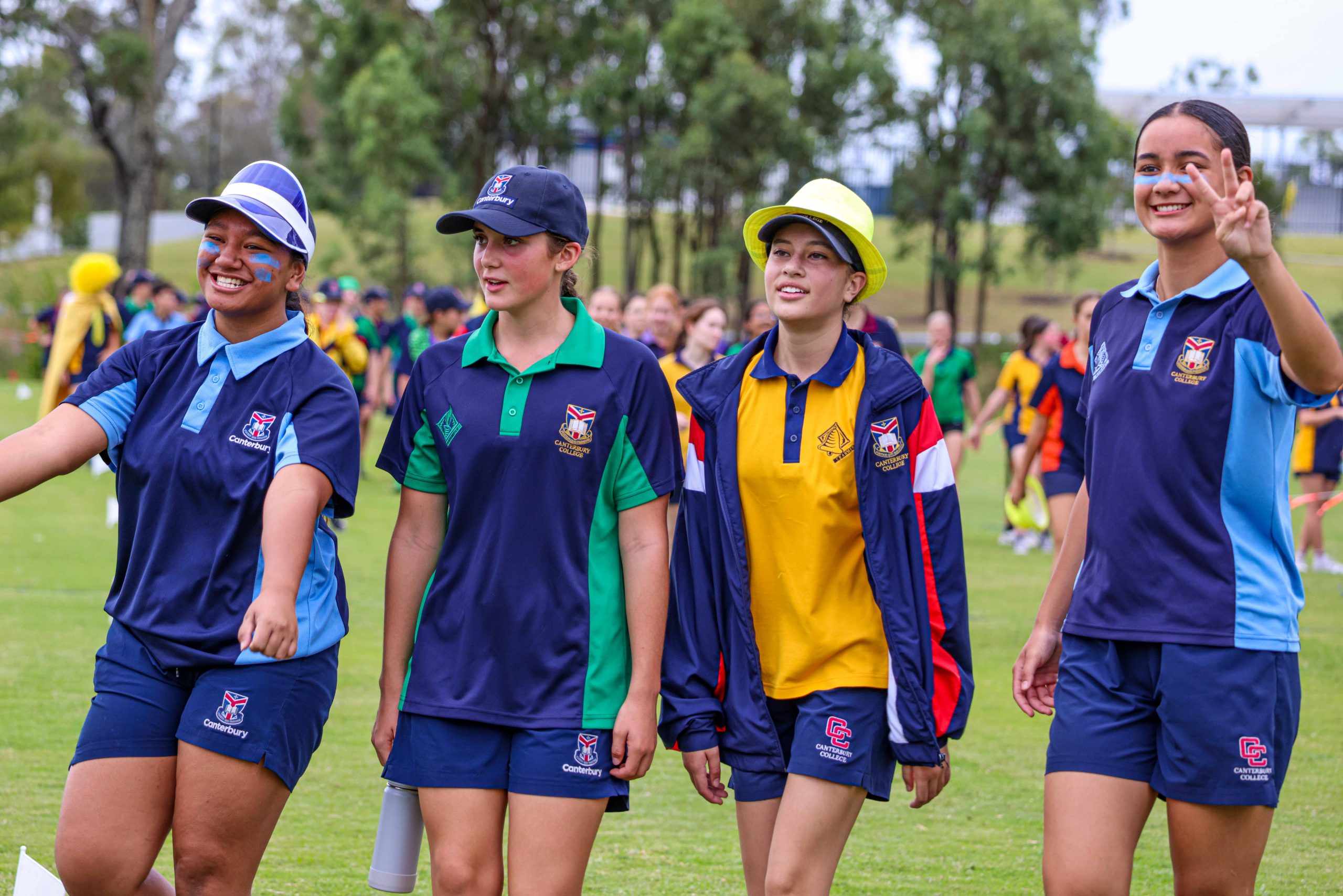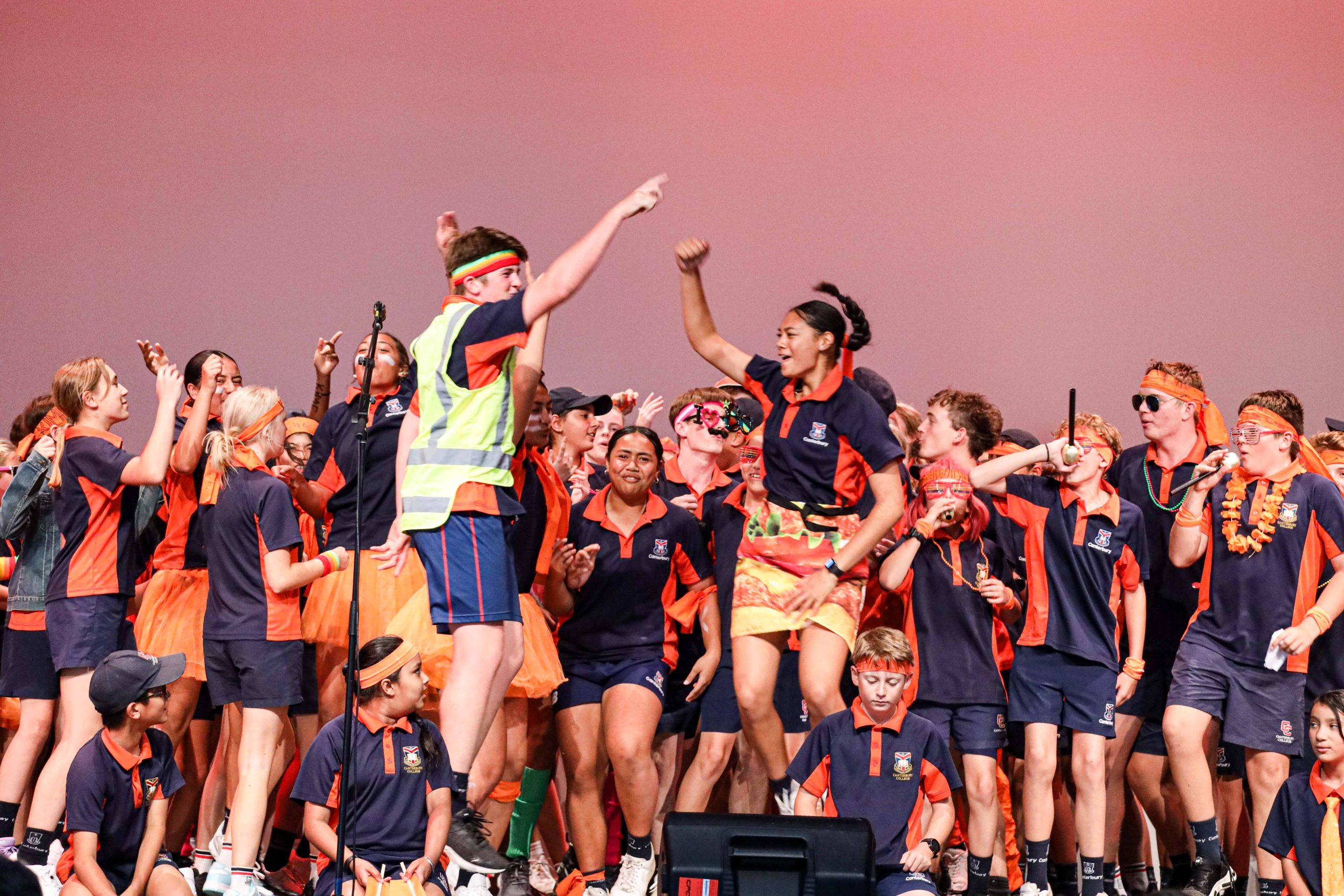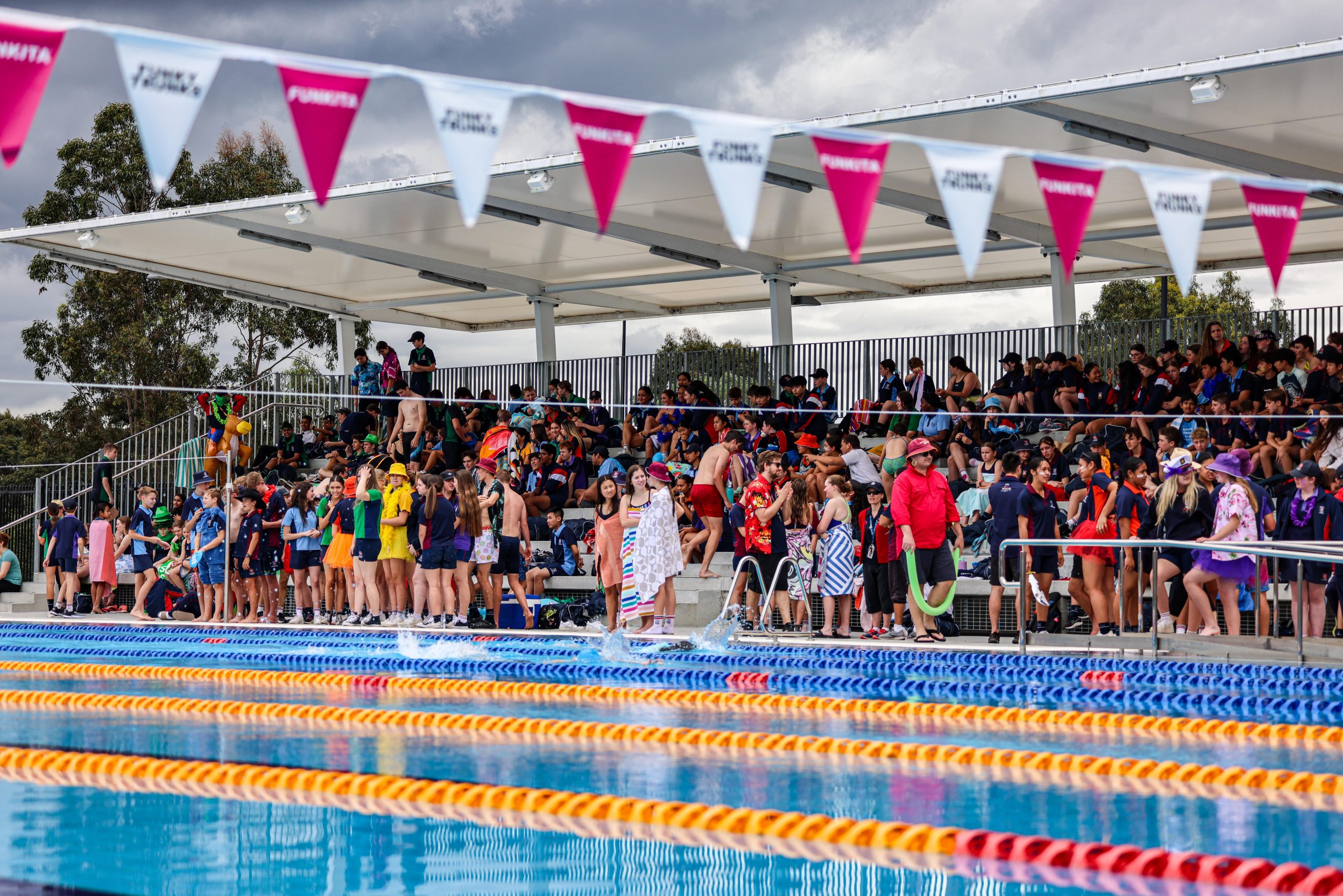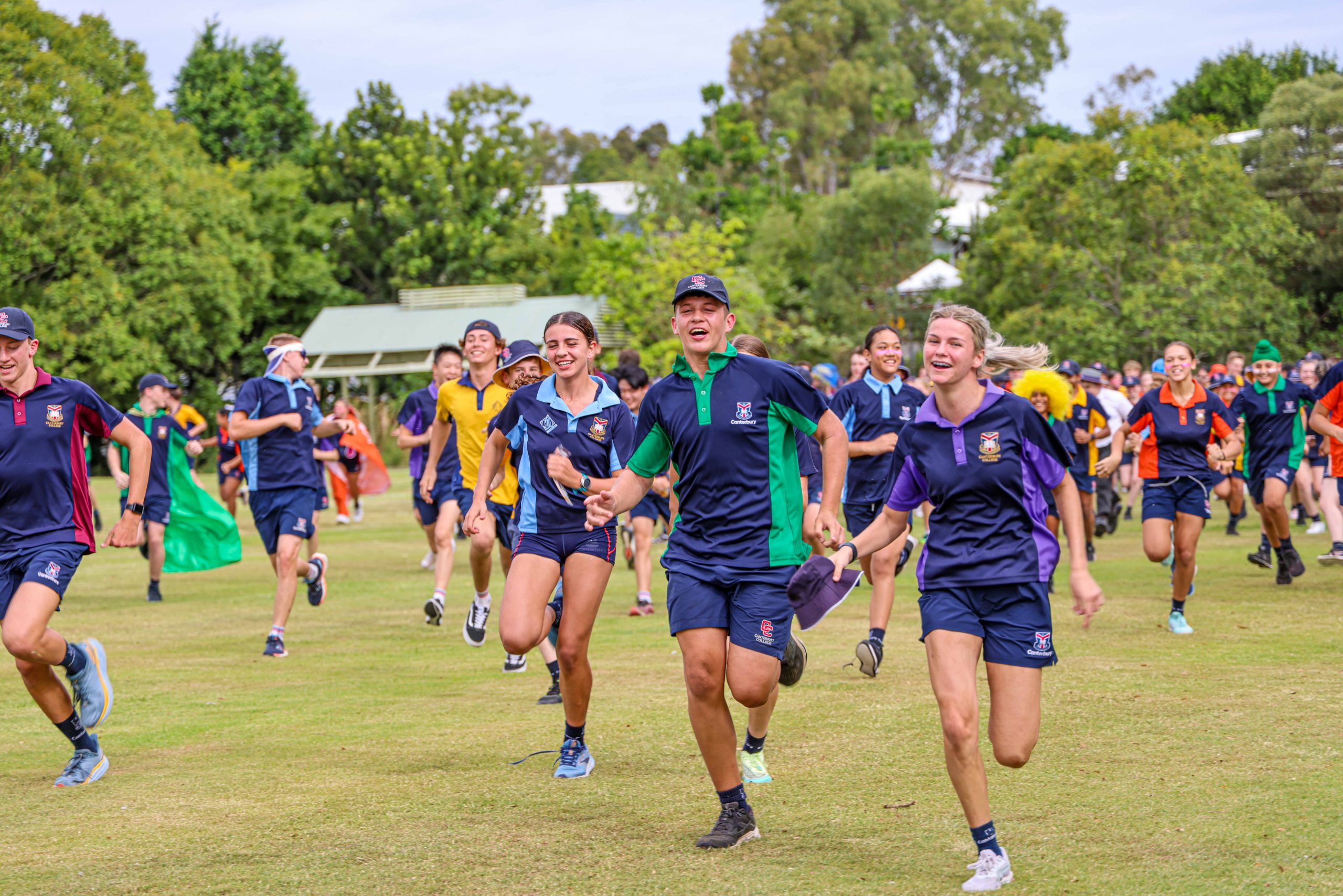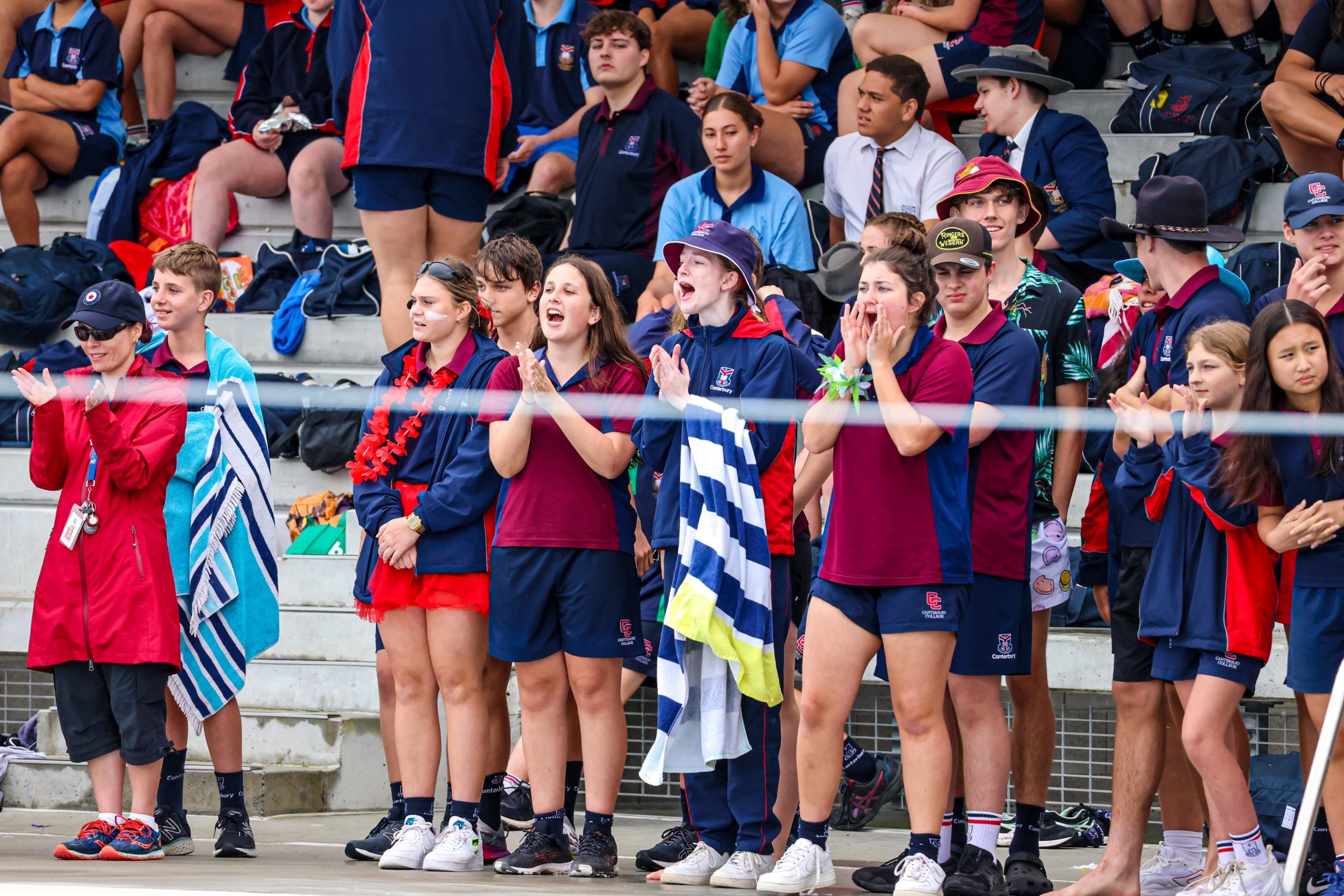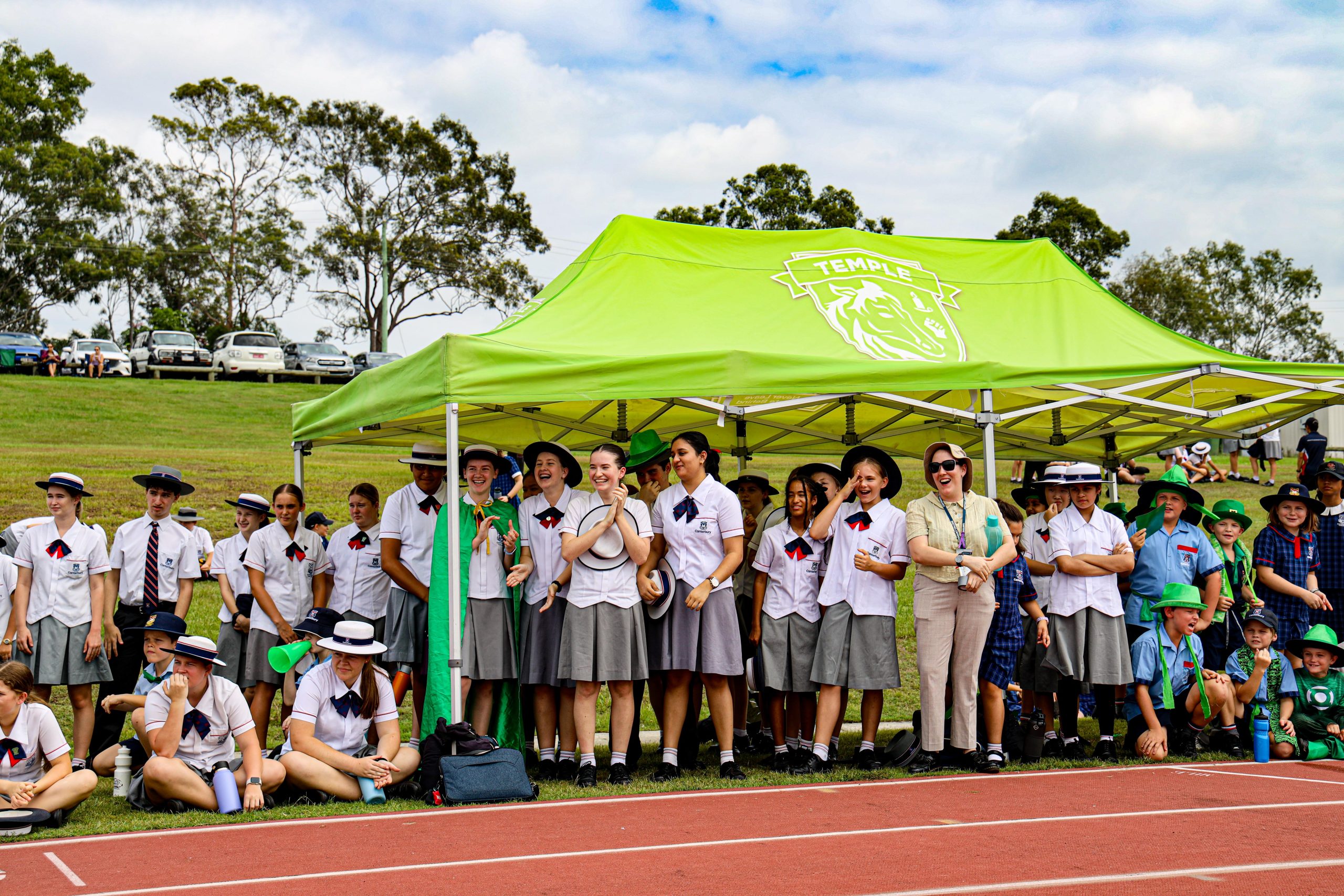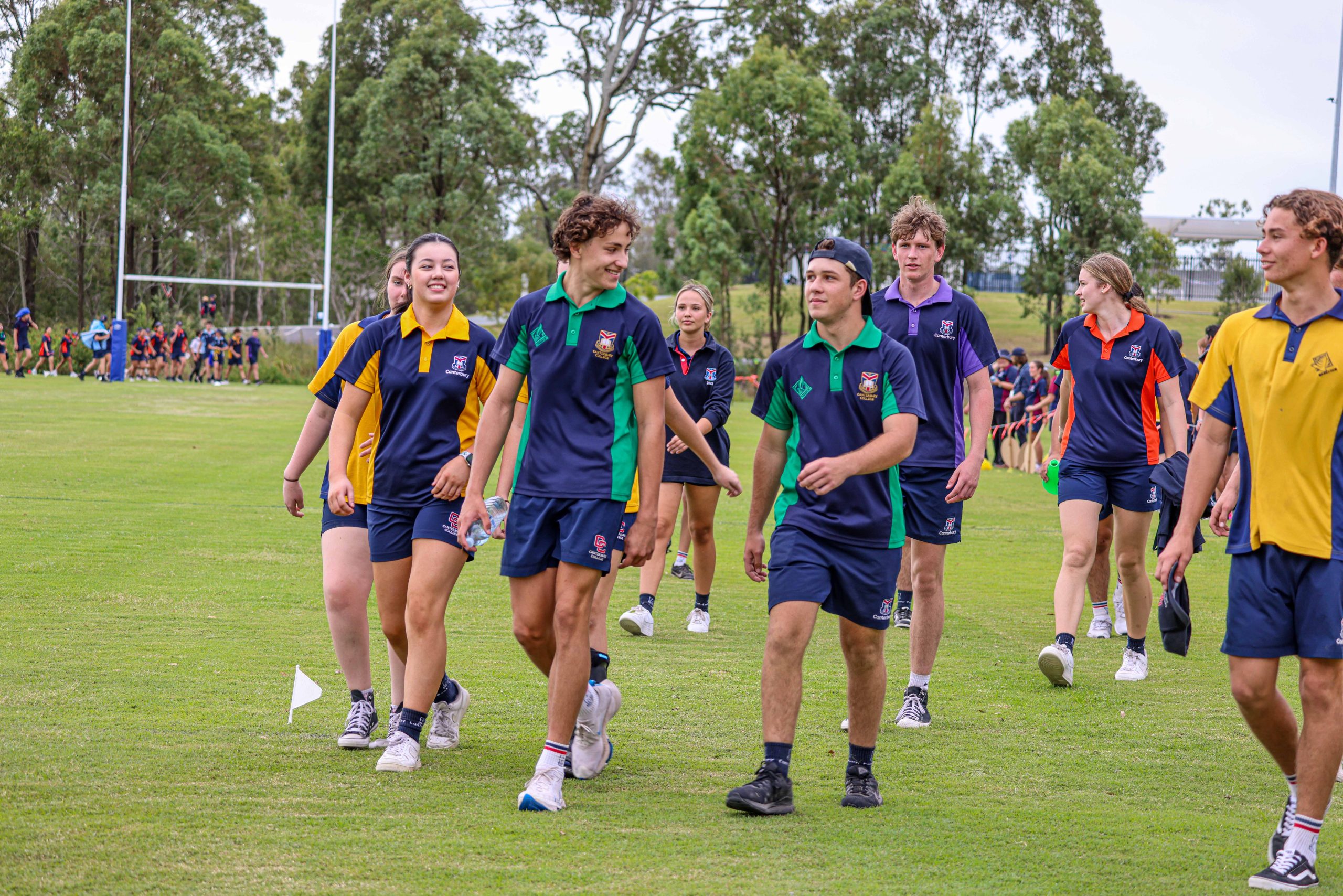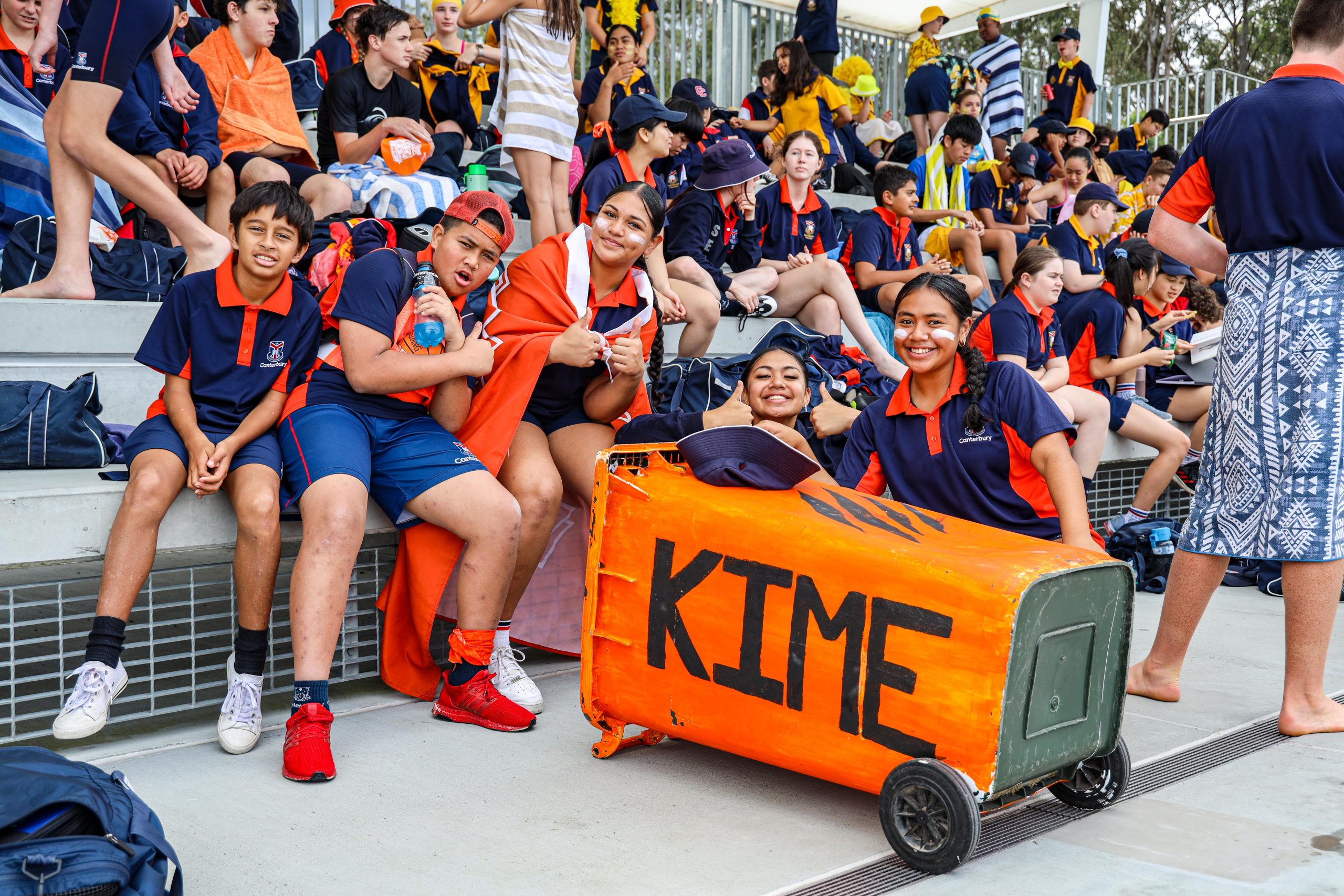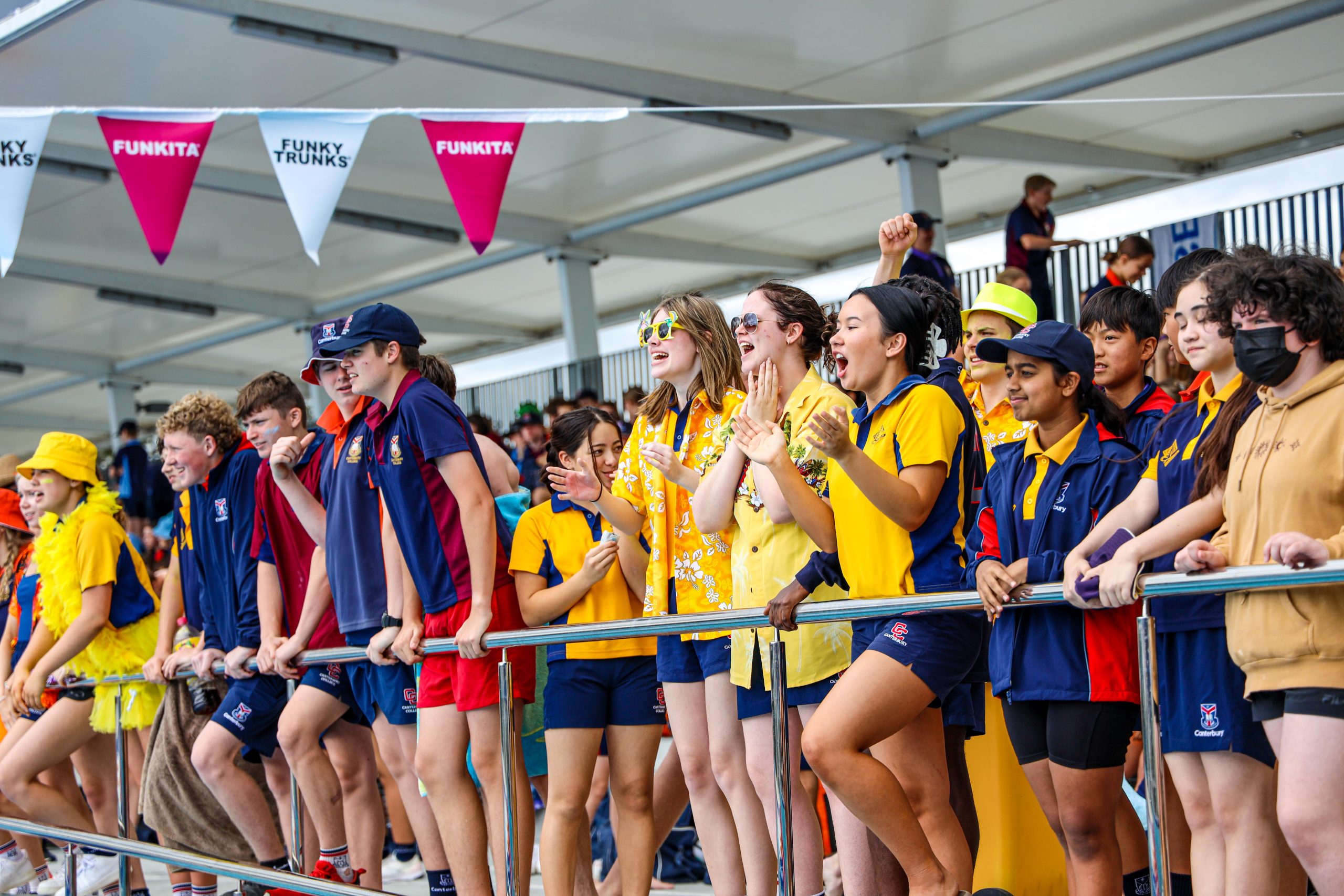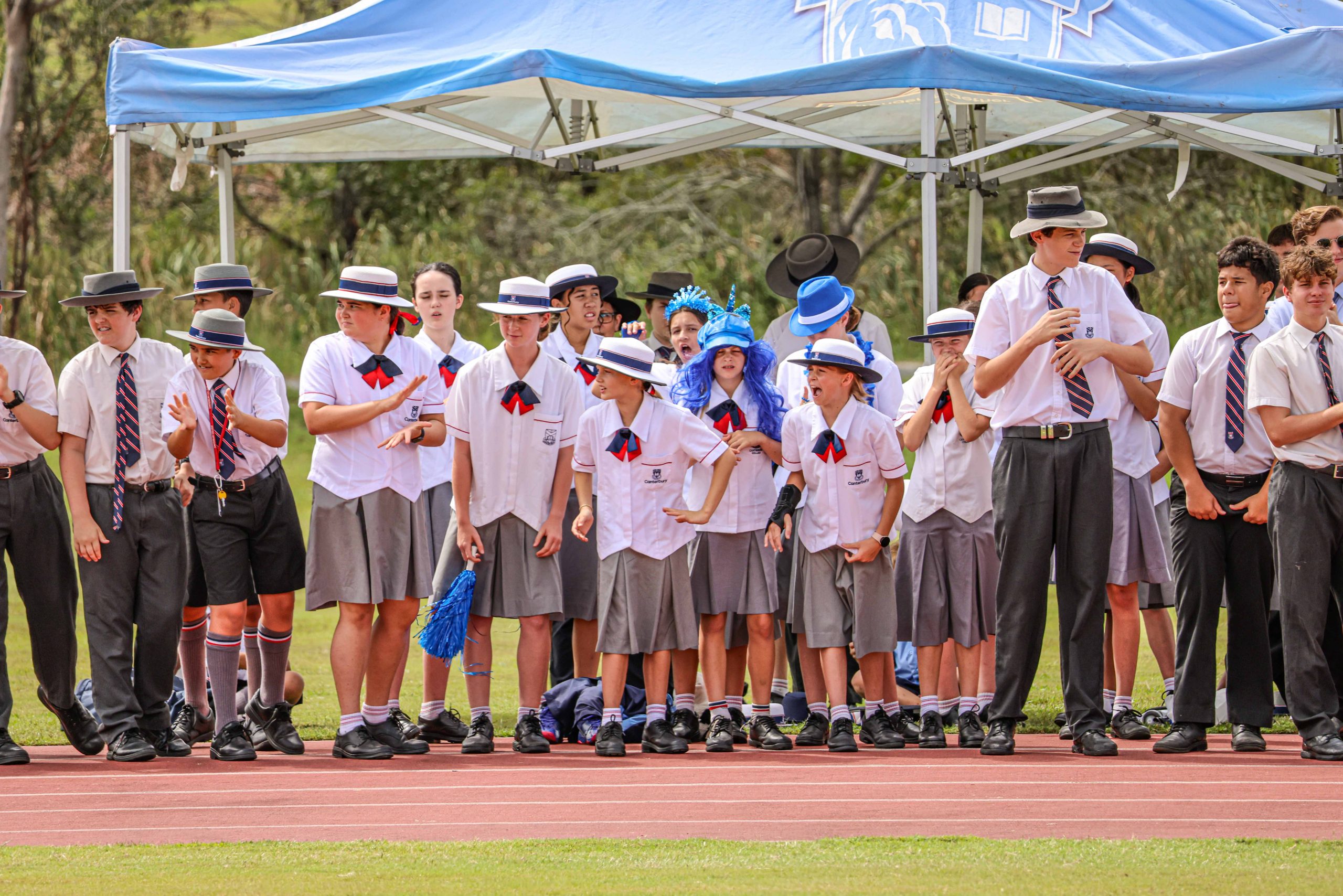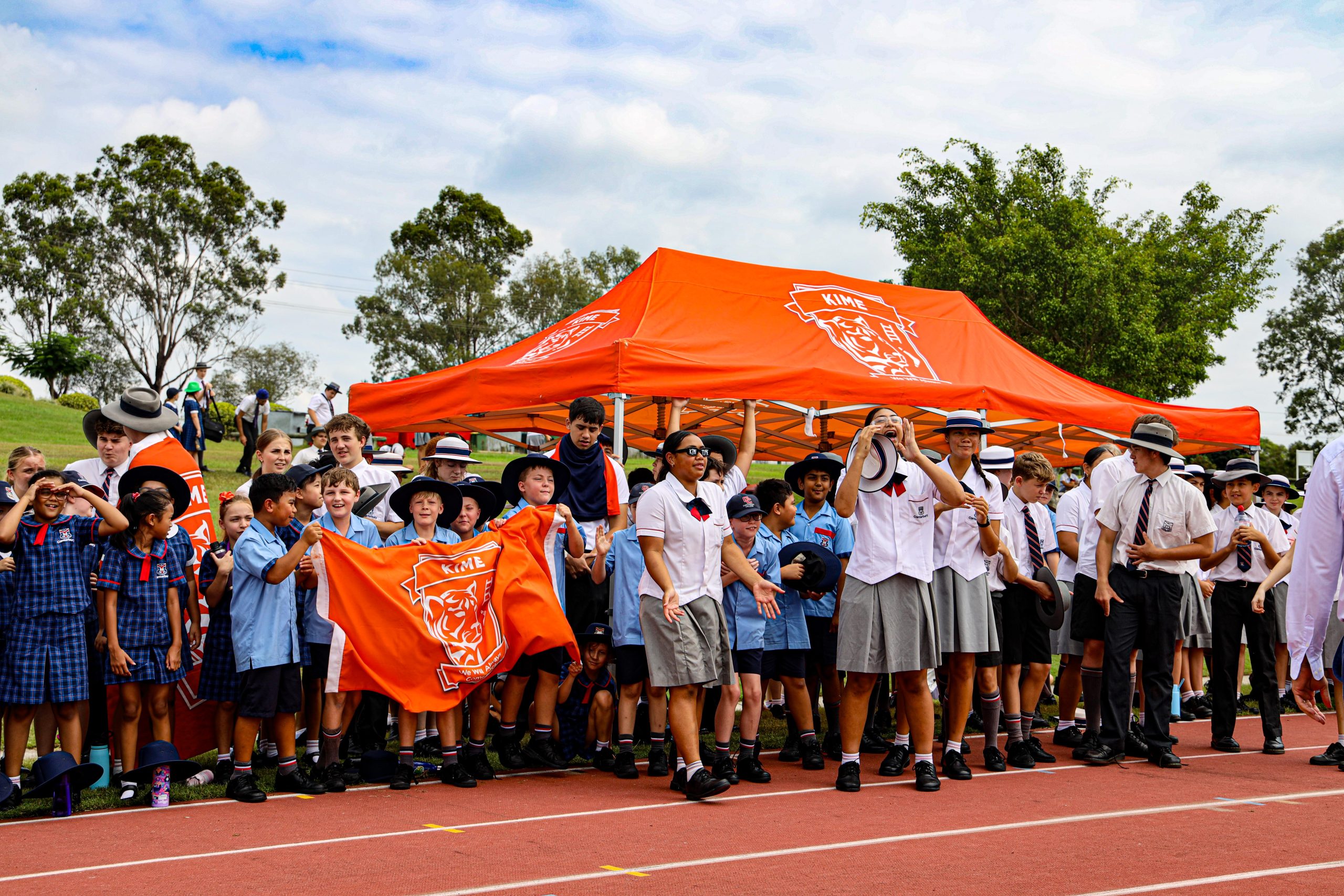House-Based Pastoral Care
Canterbury’s House System has been carefully designed to cater for all students, supporting the wellbeing, vision, values, academic, sporting and cultural aspects of the College.
Each Head of House is responsible for the Pastoral Care of the approximately 130-140 students in their House, across Years 7-12.
They are supported by an Assistant Head of House and six House Form Group teachers.
There are four elements of Pastoral Care in a contemporary Anglican school such as Canterbury College:
ONE: Nurturing social and emotional wellbeing.
TWO: Monitoring academic performance and school life engagement.
THREE: Attending to any behaviour concerns as required.
FOUR: Shaping students’ values, character and resilience.
Because students remain with the same Head of House over their six-year Senior School journey from Years 7-12, a strong bond is typically developed between each student and their Head of House.
Periodically, a Head of House (or Assistant Head of House) will communicate with parents or carers, to share their observations of wellbeing, performance, engagement and overall progress at the school.
This is especially important in Years 7 and 8 when students are finding their feet in the Senior School environment.
Heads of House are not counsellors, but they can offer support and encouragement, as well as help the student access the right support if they require it.
Importantly however, they do have Youth Mental Health First Aid training.
Our Pastoral Care approaches are expanded upon in the College’s character and resilience education framework titled: Thrive.
Smaller Pastoral Care units – House Form Groups containing about 20 students each – drawn from Years 7-12, share regular quality bonding time together.
Plus they participate in leadership and wellbeing activities designed to create a calm, happy and focussed beginning to every school day.
Multiple year level House Form groups create the basis of our pastoral care system.
And ongoing interhouse activities each semester, strengthen student identity within their House via healthy competition.
Our annual House points system provides:
- incentives for student engagement across the school’s cultural spectrum
- recognition of students’ individual academic, sporting and artistic achievements
- plus a sense of competition, ‘clan-like’ unity and joint celebration.
House points accrue until the close of each school year, when the prestigious Canterbury Cup is awarded to the most successful House with the highest points.
House points may be accrued from the following activities:
- Clash Of Chants
- Cursus Magnus: Annual Traditional Relay Race
- Interhouse Choral / Singing Competition
- Interhouse Athletics Carnival
- Interhouse Cross Country Carnival
- Interhouse Swimming Carnival
- Interhouse Mathematics Challenge
- GPA Big Improvers
- Academic Excellence Awardees
- Various Interhouse Lunchtime Events – Touch Football, Football (Soccer), Dodgeball, Futsal etc.
Vertical House System
Class teachers are the primary contacts for Junior School students regarding their academic and pastoral care.
While the House system gives Senior School students a strong structure to interact with their peers from Years 7-12, across all different classes in these cohorts, and from Kindy to Year 6.
The Year 6 Student Leaders facilitate House events and support each and every student in their House.
Each Form class in the Senior School is House-based and includes students across Years 7-12.
Students remain in their same Form class for the duration of their Senior School years, enabling them to develop a long-term relationship with their Form Teacher, Assistant Head of House and Head of House.
This vertical House system aims to develop the following amongst our students:
- Positive self-esteem and self-identity
- A definitive sense of belonging
- Personal integrity and pride
- Positive mental health through peer support
- Improved student responsibility
- A student voice via teamwork, cooperation, communication, leadership and community.
Each Head of House, as the primary point of contact for students, parents and carers, works in partnership with parents and carers, teachers and key staff to holistically track and support students academically – to support their behaviour, and their general social and emotional wellbeing.
There are six Houses at Canterbury College: Becket, Cranmer, Goldsworthy, Kime, Ramsey and Temple.
The original four Canterbury Houses – Becket, Cranmer, Ramsey and Temple – are named after Archbishops of Canterbury who demonstrated the values upon which Canterbury is based: hard work, quiet determination, courage in the face of adversity, leadership, discipline and devotion.
Joining these in 2020 were two new Houses – Goldsworthy and Kime.
After much discussion, the College decided to honour two women – preferably Australian, who were pioneers within the Anglican Church, and exhibited the same values as the four Archbishops above.
So Kay Goldsworthy AO – Australian Bishop and Perth Archbishop, and Karen Kime – Aboriginal Australian Priest and Archdeacon, were chosen (please read below for their stories under their House banner).
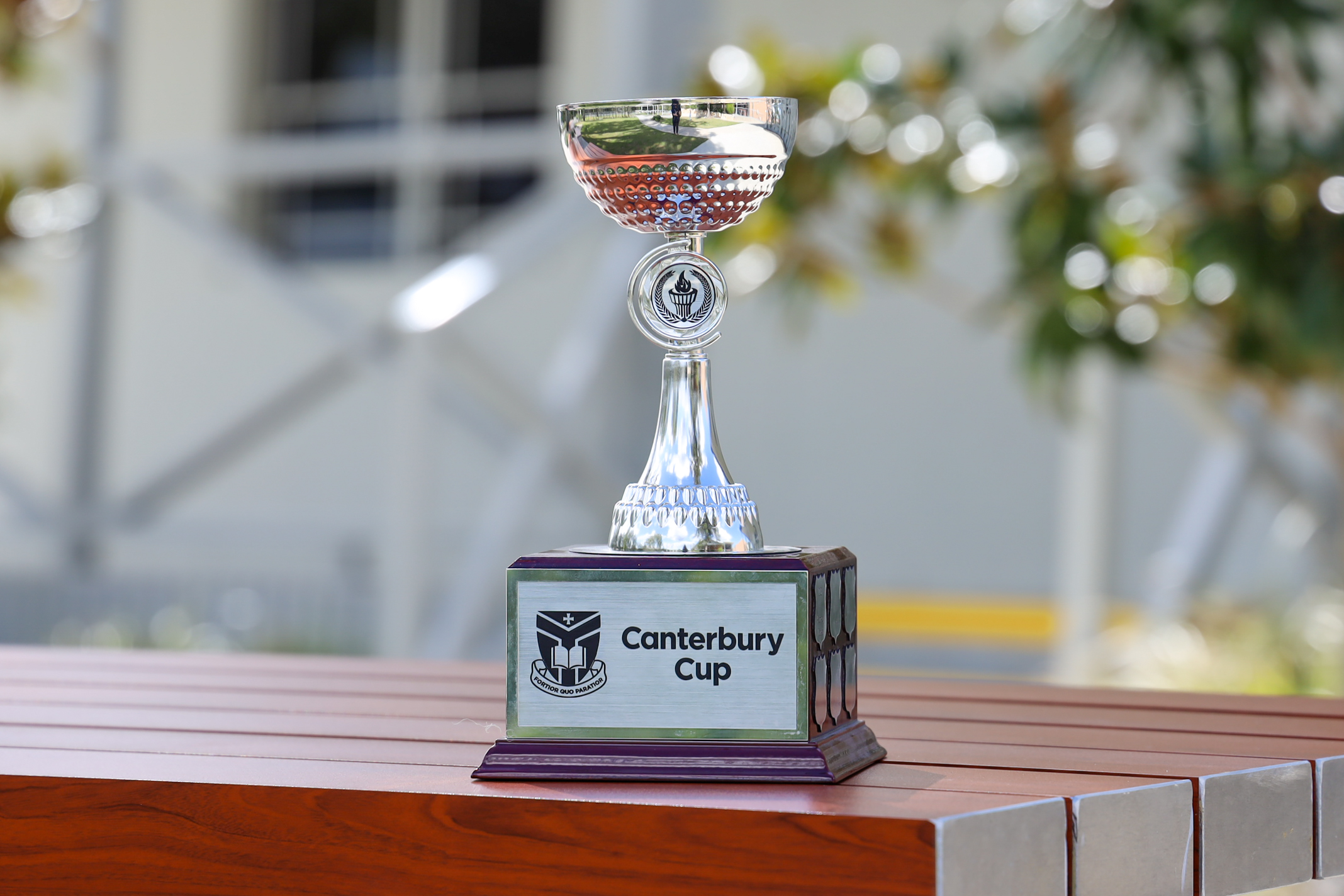
House-based Community Service Activities






Annual Canterbury Cup House Winners
2018 Victor Ludorum Cup Winner – Ramsey House
2019 Victor Ludorum Cup Joint Winners – Becket & Ramsey House
2020 Canterbury Cup House Winner – Ramsey House
2021 Canterbury Cup House Winner – Ramsey House
2022 Canterbury Cup House Winner – Ramsey House
2023 Canterbury Cup House Winner – Ramsey House
2024 Canterbury Cup House Winner – Cranmer House
2025 Canterbury Cup House Winner – Goldsworthy House
NB: The Canterbury Cup replaced the Victor Ludorum Cup (Latin for ‘winner of the games’) when the College’s Houses expanded from four up to six.
<< Scroll through to discover our houses >>
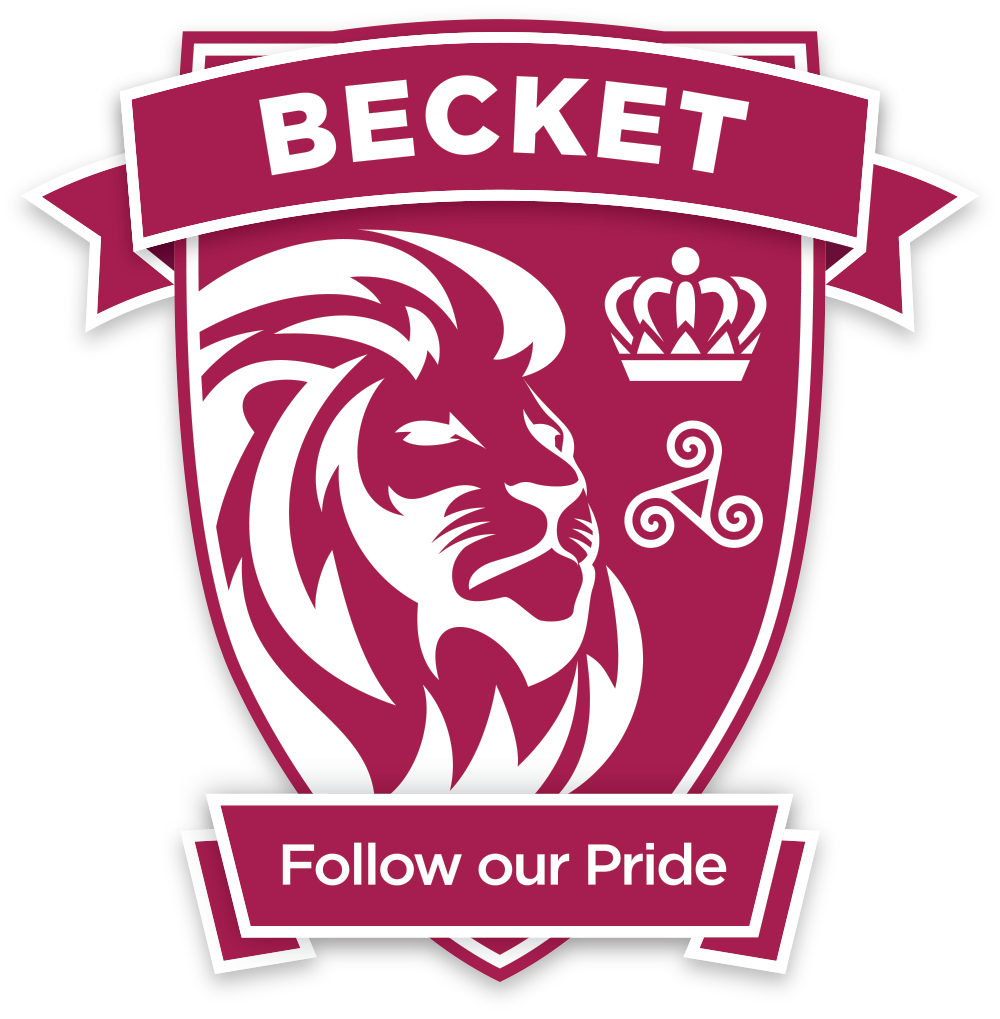
Becket
Colour: Burgundy, Symbols: Crown and Triskelion, Spirit Animal: Lion
Motto: Follow our pride
Becket House is named after Archbishop Thomas à Becket who became an Archbishop in 1162. He became a champion of the Church against royal power, as Henry II attempted to gain control of the Church in England. Henry, irritated by his Archbishop’s defiance, asked if anyone was brave enough to free him of a ‘turbulent priest’. Four of his Knights acted on this and murdered Becket while he knelt at Evening Prayer in Canterbury Cathedral. In 1173, Becket was declared a Saint.
Head of House: Jennifer Russell
Assistant Head of House: Jon Paul
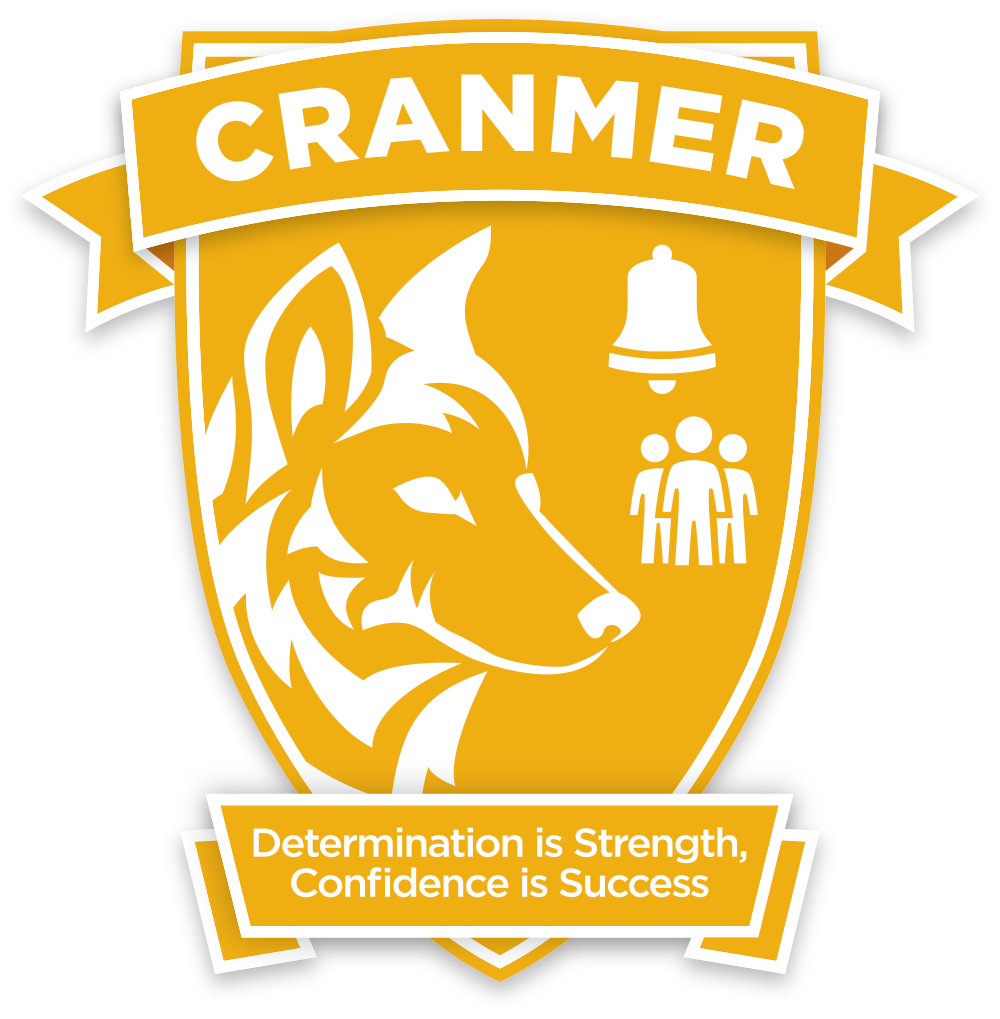
Cranmer
Colour: Gold, Symbols: Bell and Community, Spirit Animal: Wolf
Motto: Determination is strength, confidence is success
Thomas Cranmer was Archbishop of Canterbury (1533-1556) during the time of Henry VIII’s split with the Roman Catholic Church. He reformed worship within the Church, compiling The Book of Common Prayer and translated it into deep and rich English with rare taste and delicacy. Strengthened by the best products of contemporary learning, the Book of Common Prayer slowly but surely won its way into the hearts and minds of worshippers. Thomas Cranmer was a sensitive, kindly and understanding theologian who always sought simplicity and true biblical insight.
Head of House: Hayden Turner
Assistant Head of House: Rochelle Butlin

Goldsworthy
Colour: Purple, Symbols: Hammer and Southern Cross, Spirit Animal: Griffin
Motto: Strength in courage
Named after Australian born Archbishop Kay Goldsworthy. She was ordained as one of the Anglican church’s first female deacons in Australia and one of the first female Anglican Archbishops anywhere in the world and was later appointed to the diocese of Perth, Western Australia, in 2018. Archbishop Goldsworthy was appointed an Officer of the Order of Australia (AO) for “distinguished service to religion through the Anglican Church of Australia, as a pioneer and role model for women, to church administration, and to pastoral care and equality”.
Head of House: Nic Aldridge
Acting Assistant Head of House: Ben Dervish-Ali
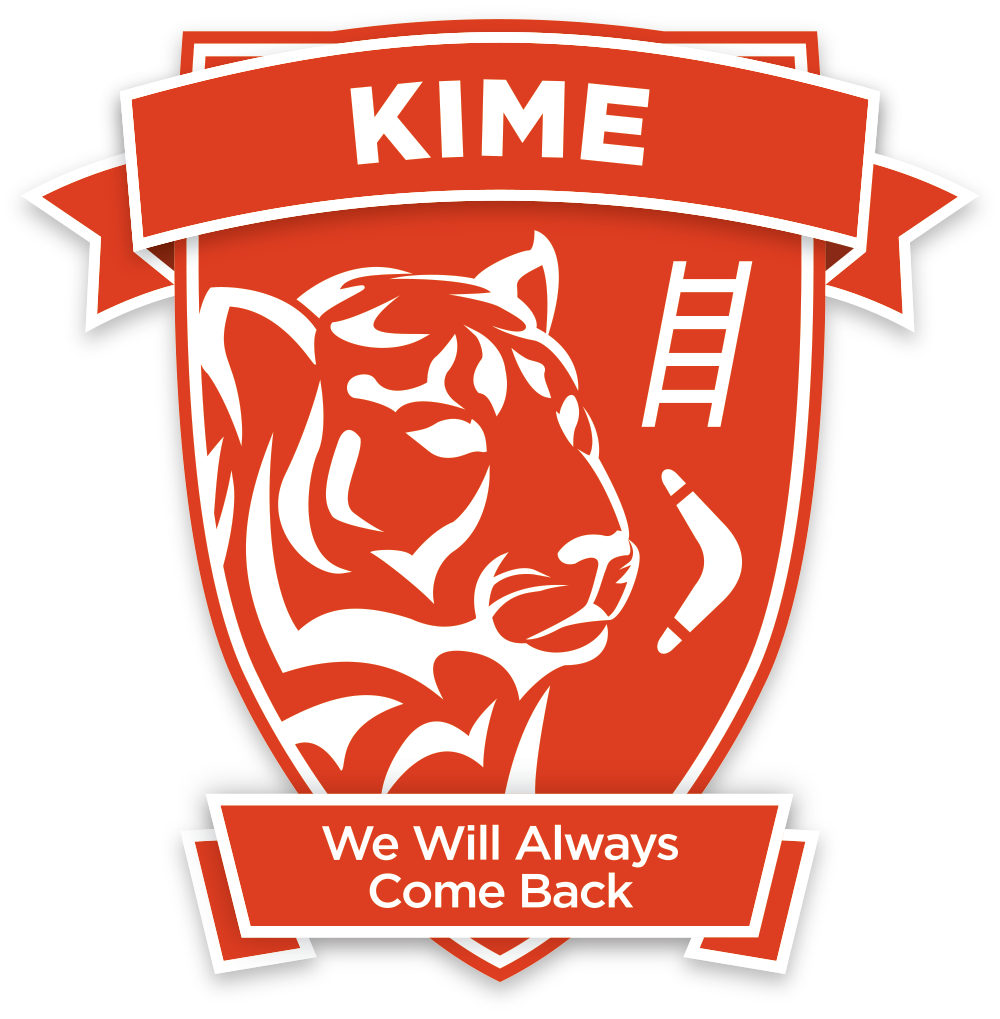
Kime
Colour: Orange, Symbols: Ladder and Boomerang, Spirit Animal: Tiger
Motto: We will always come back
Named after Australian born Archdeacon Karen Kime, who was the first indigenous woman ordained as a Archdeacon in the Anglican Church. She is a proud Birripi woman who has held many senior roles in the Anglican Church before and after her appointment in 2012. Archdeacon Kime is responsible for indigenous ministry in Canberra and Goulburn and is the also the indigenous services manager for Anglicare.
Head of House: Glen Walker
Assistant Head of House: Gabriel Chan
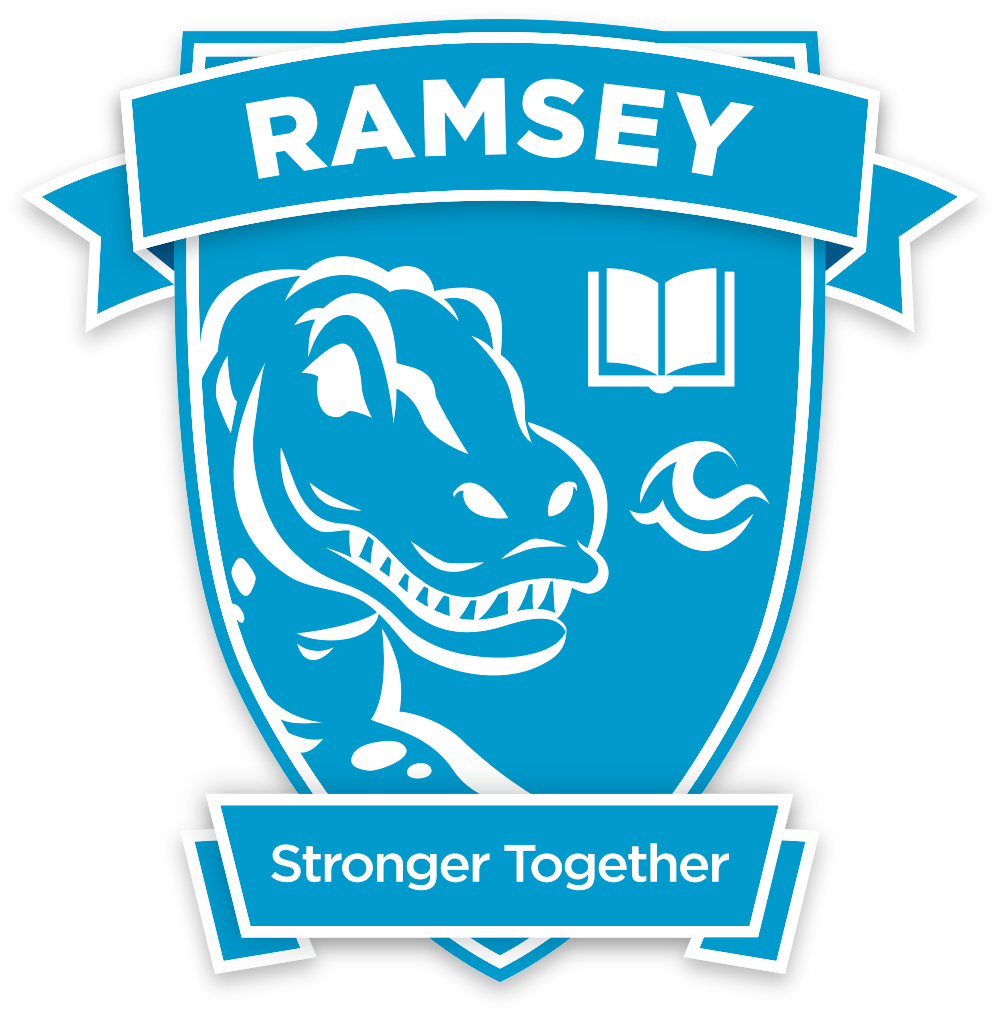
Ramsey
Colour: Sky Blue, Symbols: Book and Wave, Spirit Animal: Raptor
Motto: Stronger together
Michael Ramsey (Archbishop Canterbury, 1961 – 1974) achieved distinction as an Archbishop of deep learning and profound spirituality. He led the thinking of the Anglican Church towards a time of well-considered ecumenism and seemed to understand the principles on which a true rapprochement with the other Churches could be worked out. His vision resulted in a significant movement towards a good relationship with the Roman Catholic Church.
Head of House: Tegan Sutton
Assistant Head of House: Andrew Paltridge
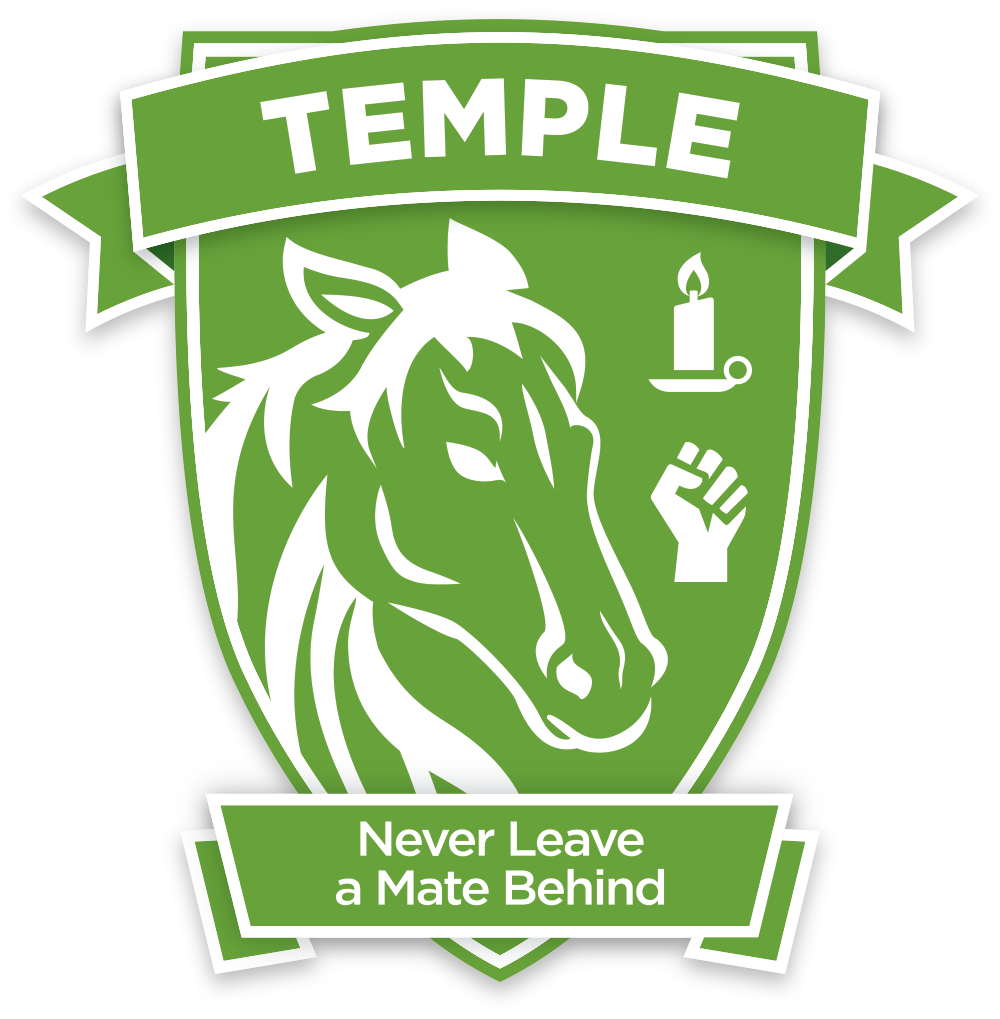
Temple
Colour: Green, Symbols: Candle and Clenched Fist, Spirit Animal: Brumby
Motto: Never leave a mate behind
William Temple was Archbishop of Canterbury for a very short time, 1942 – 1944, but became to the people of the Church of England, and the whole society, the embodiment of the vision of a caring Church which believed that social justice mattered. He provided much-needed spiritual leadership to the people of Britain and the Empire during the Second World War. He was a firm believer in the importance of education and the liberation of the mind. He travelled constantly, lectured ceaselessly and was a voracious reader. Archbishop William Temple firmly believed that religion must form a part of any mature education.
Head of House: Holly Westphal
Acting Assistant Head of House: Andrew Porter
